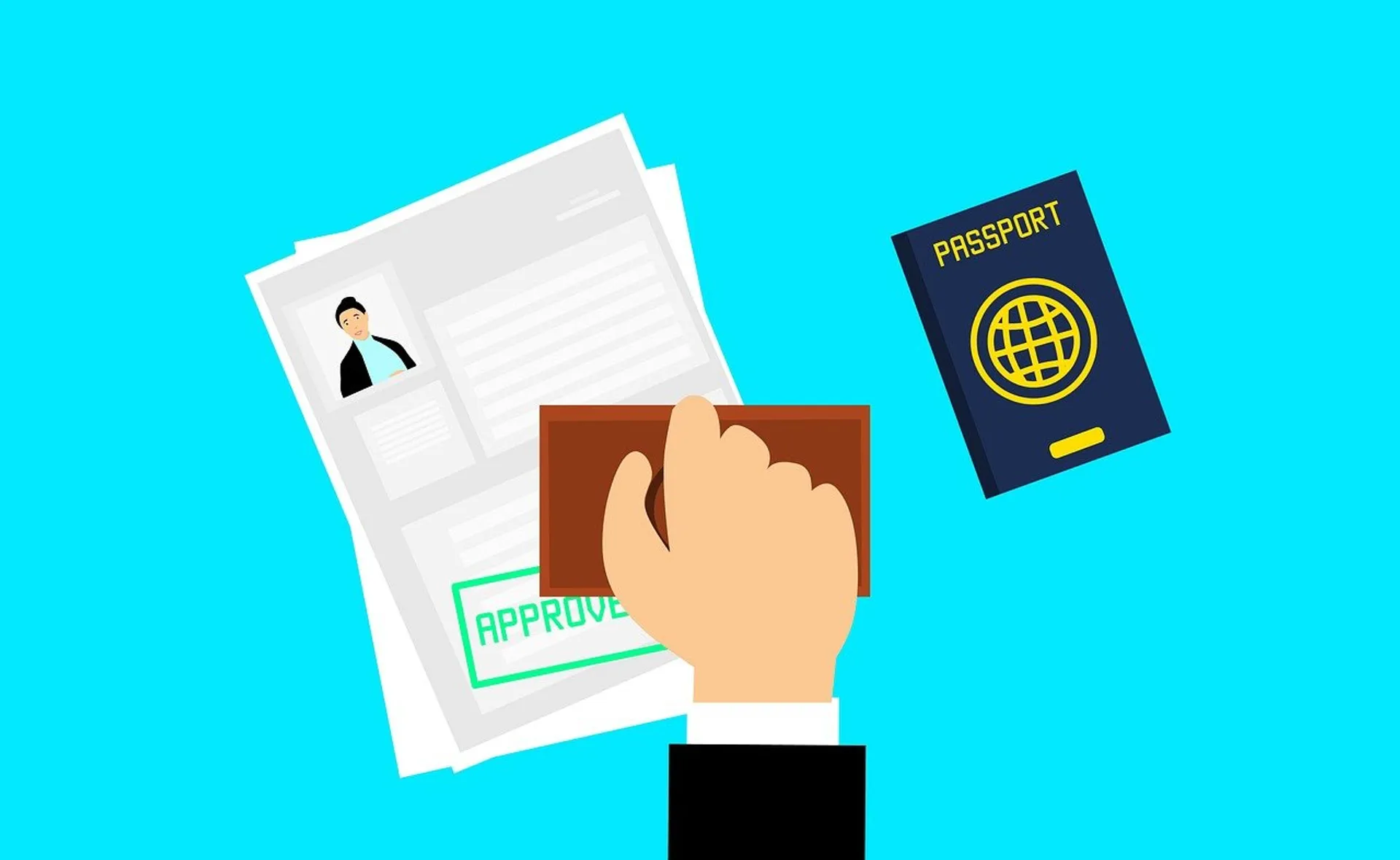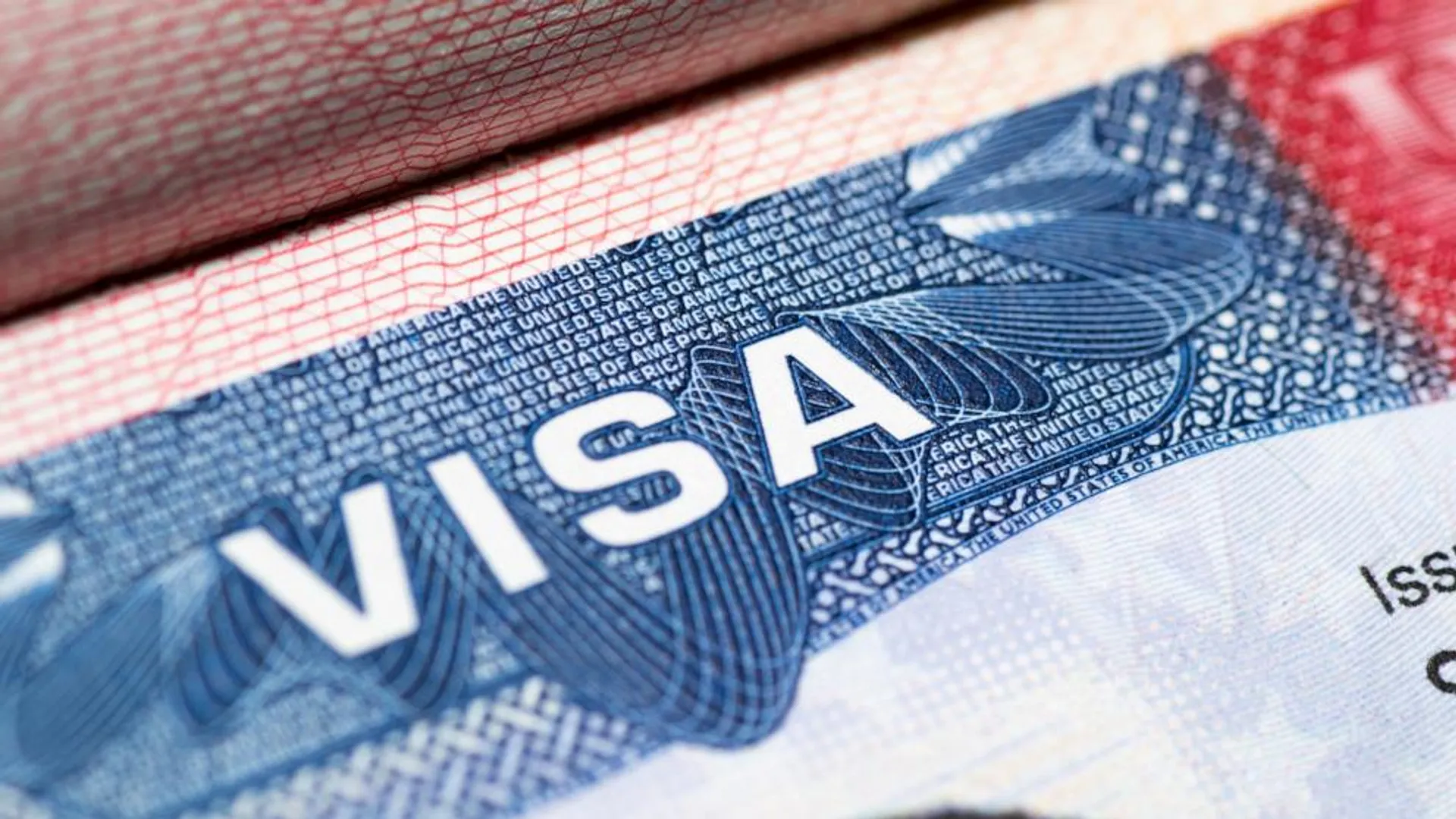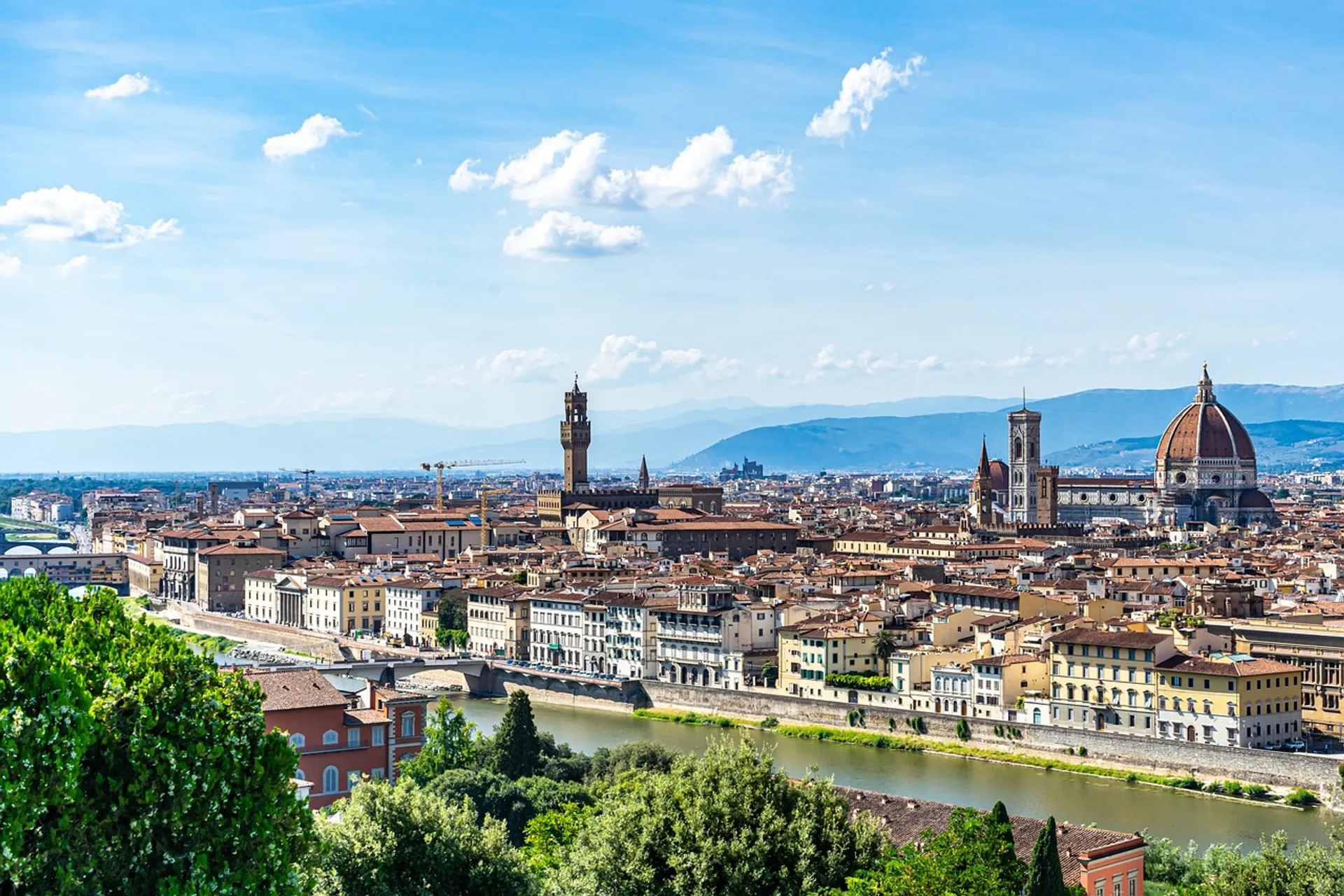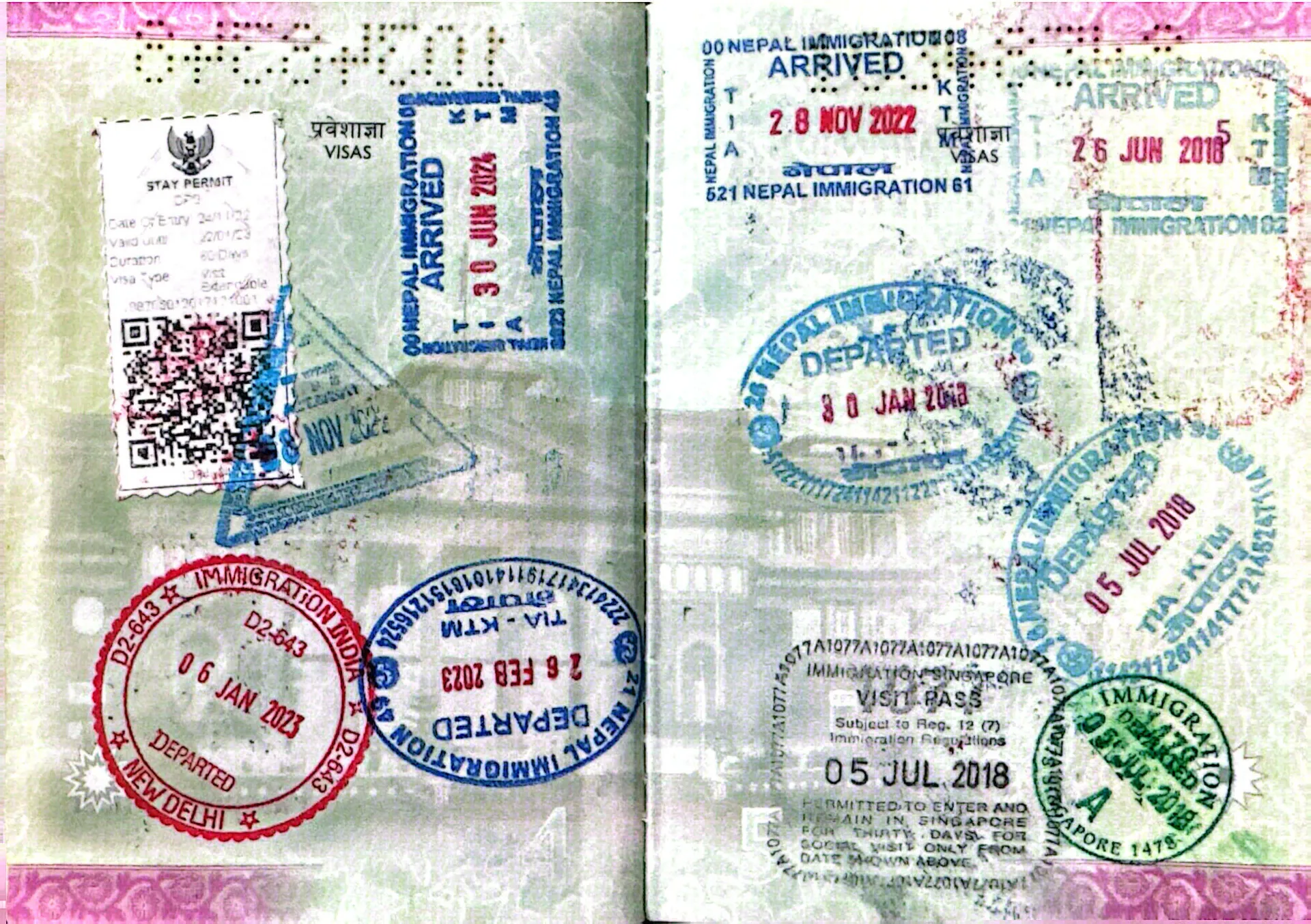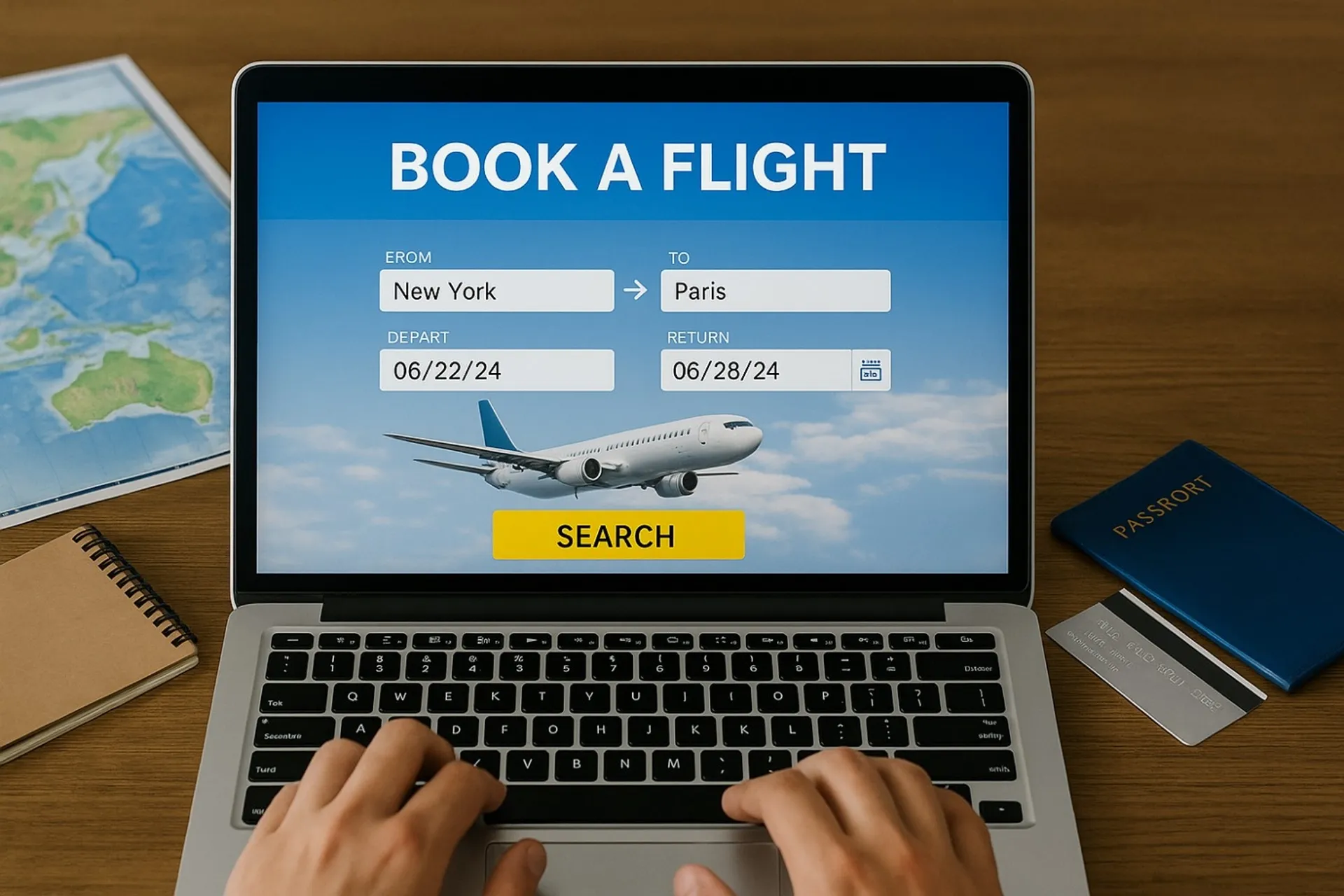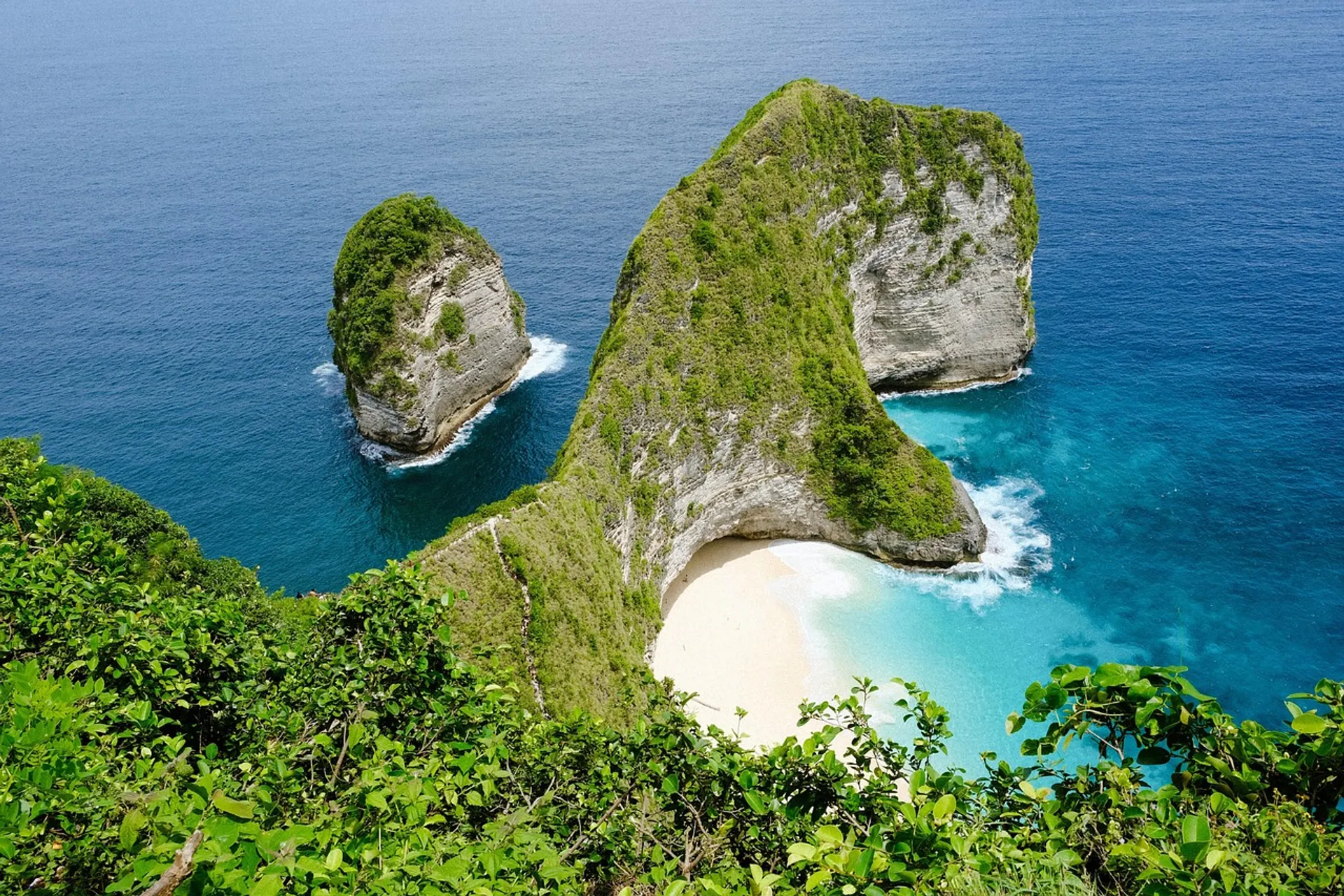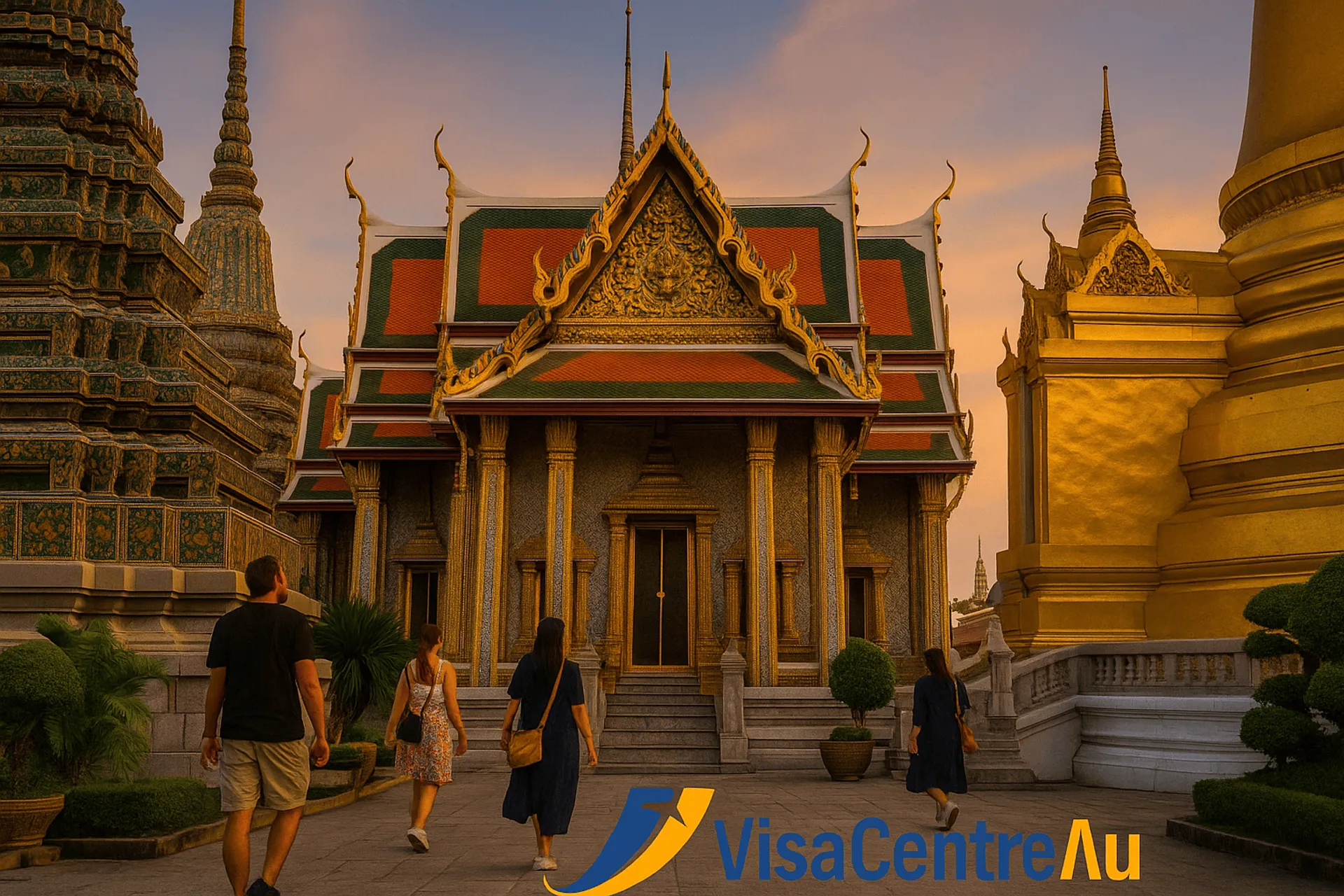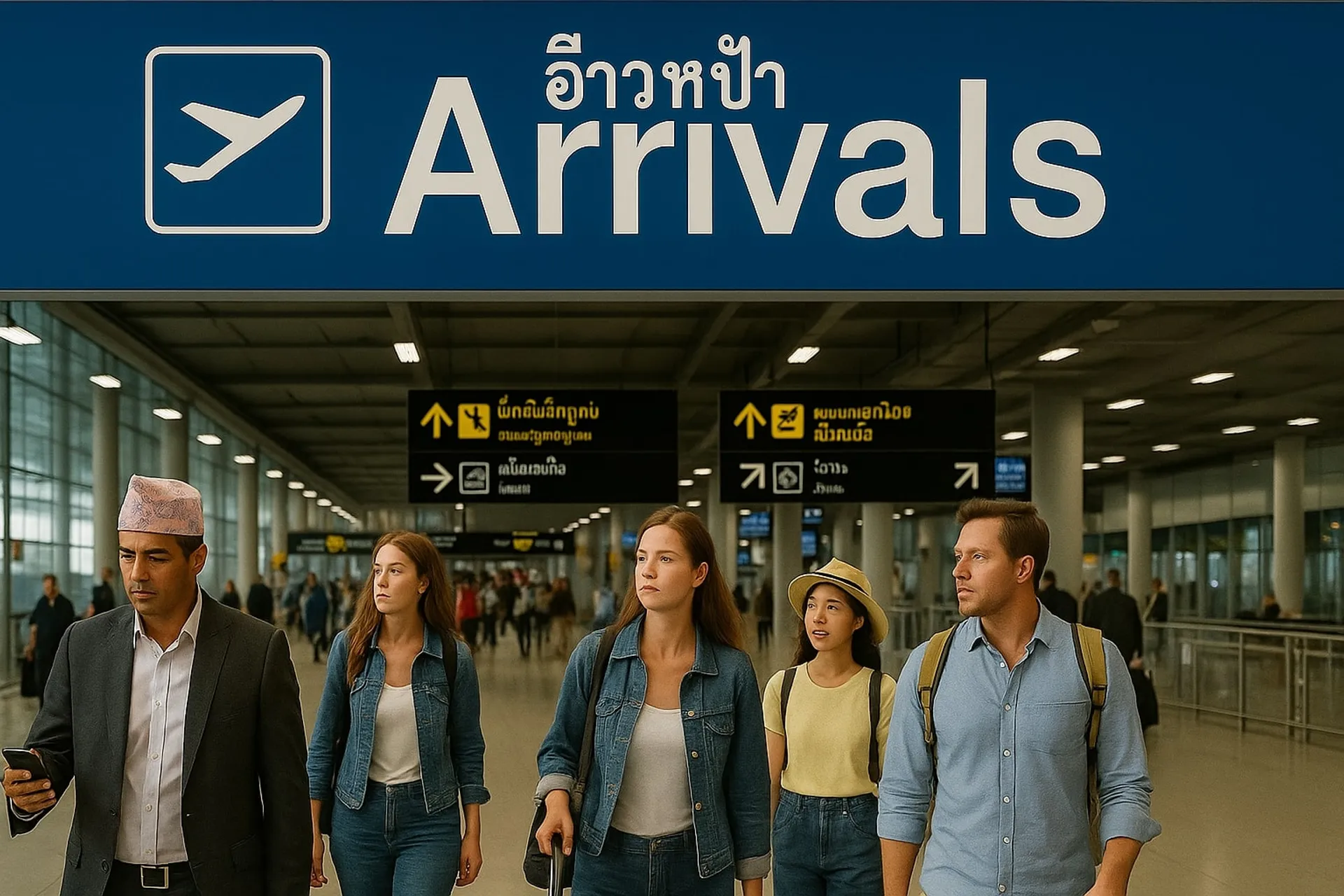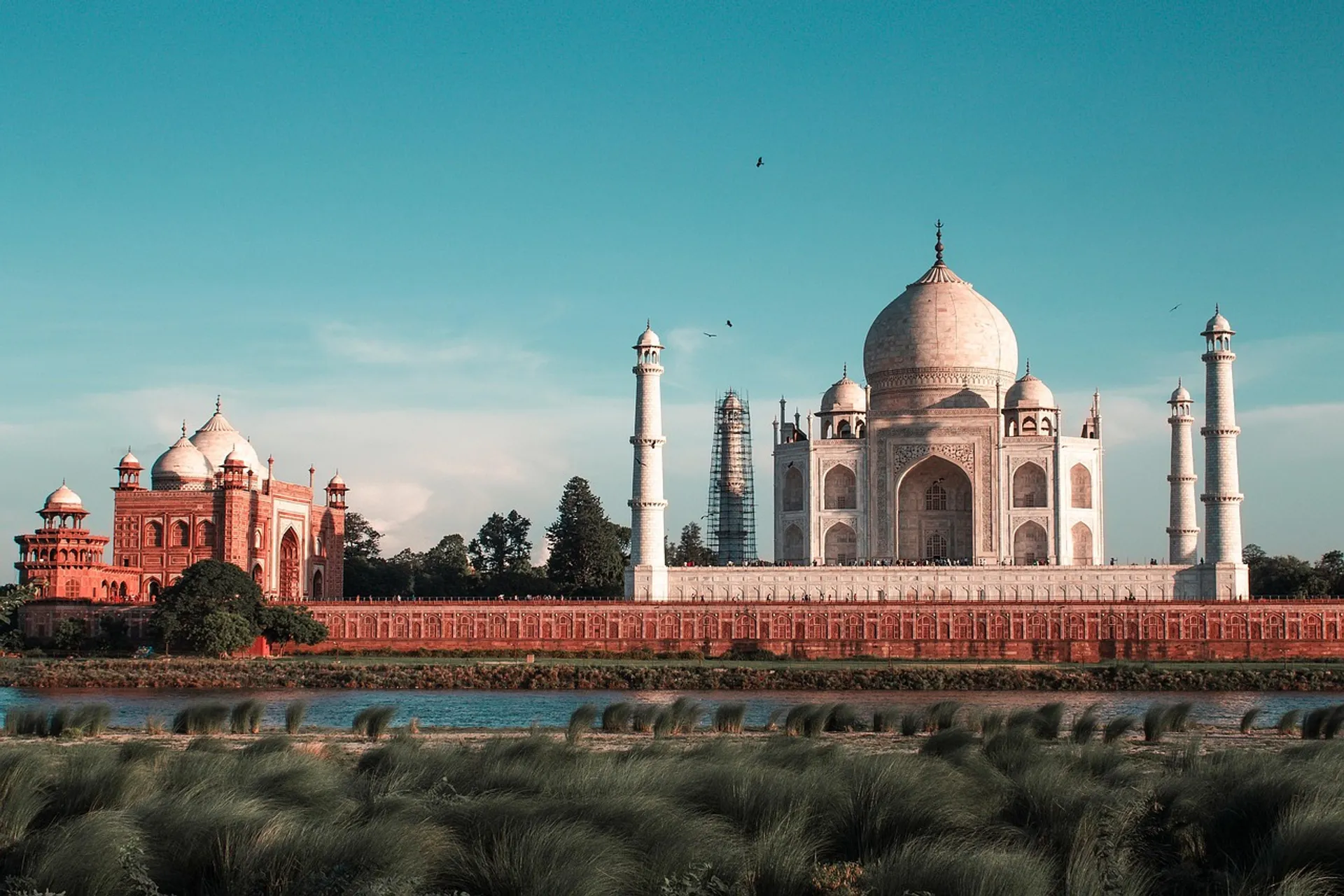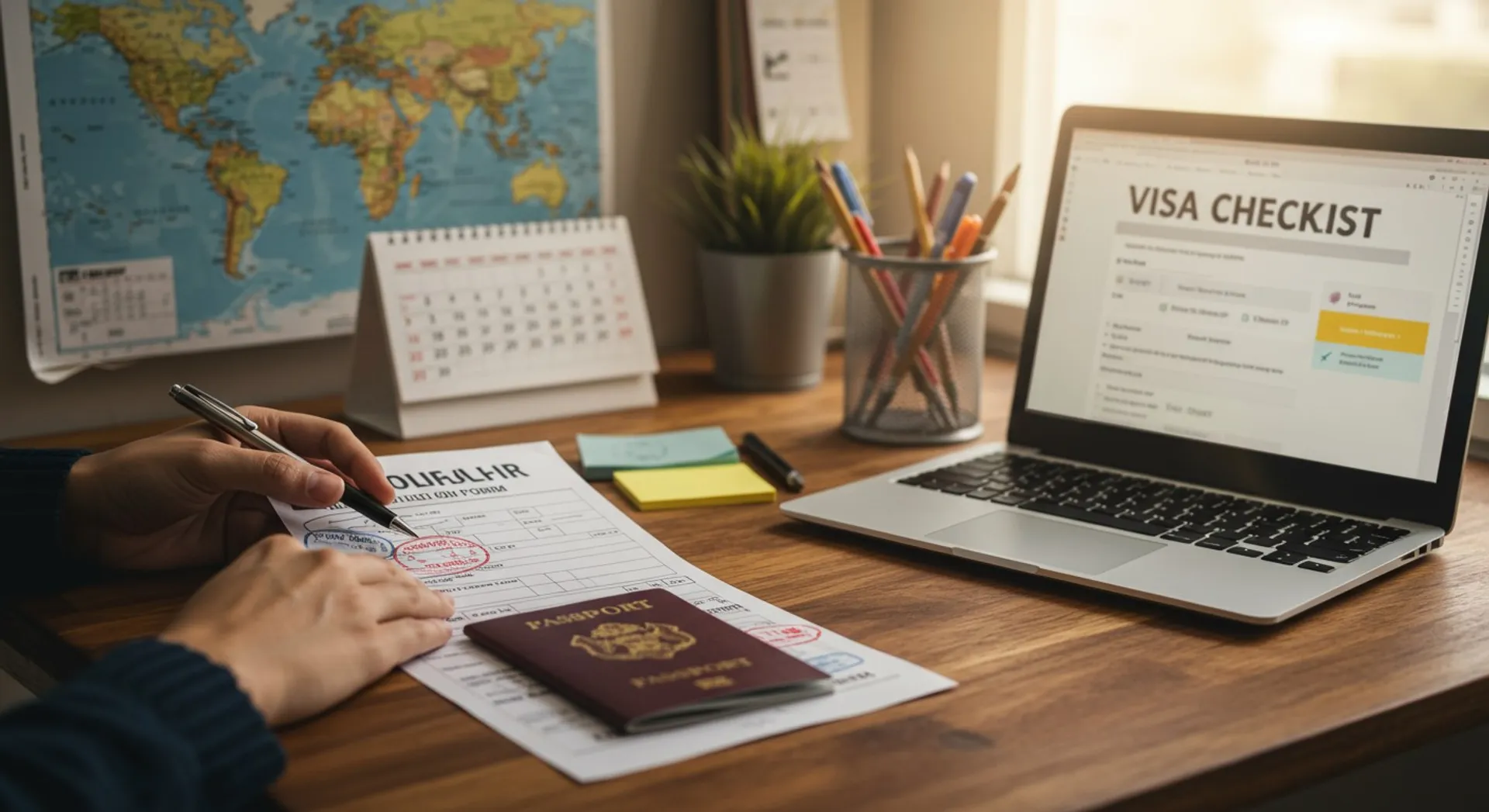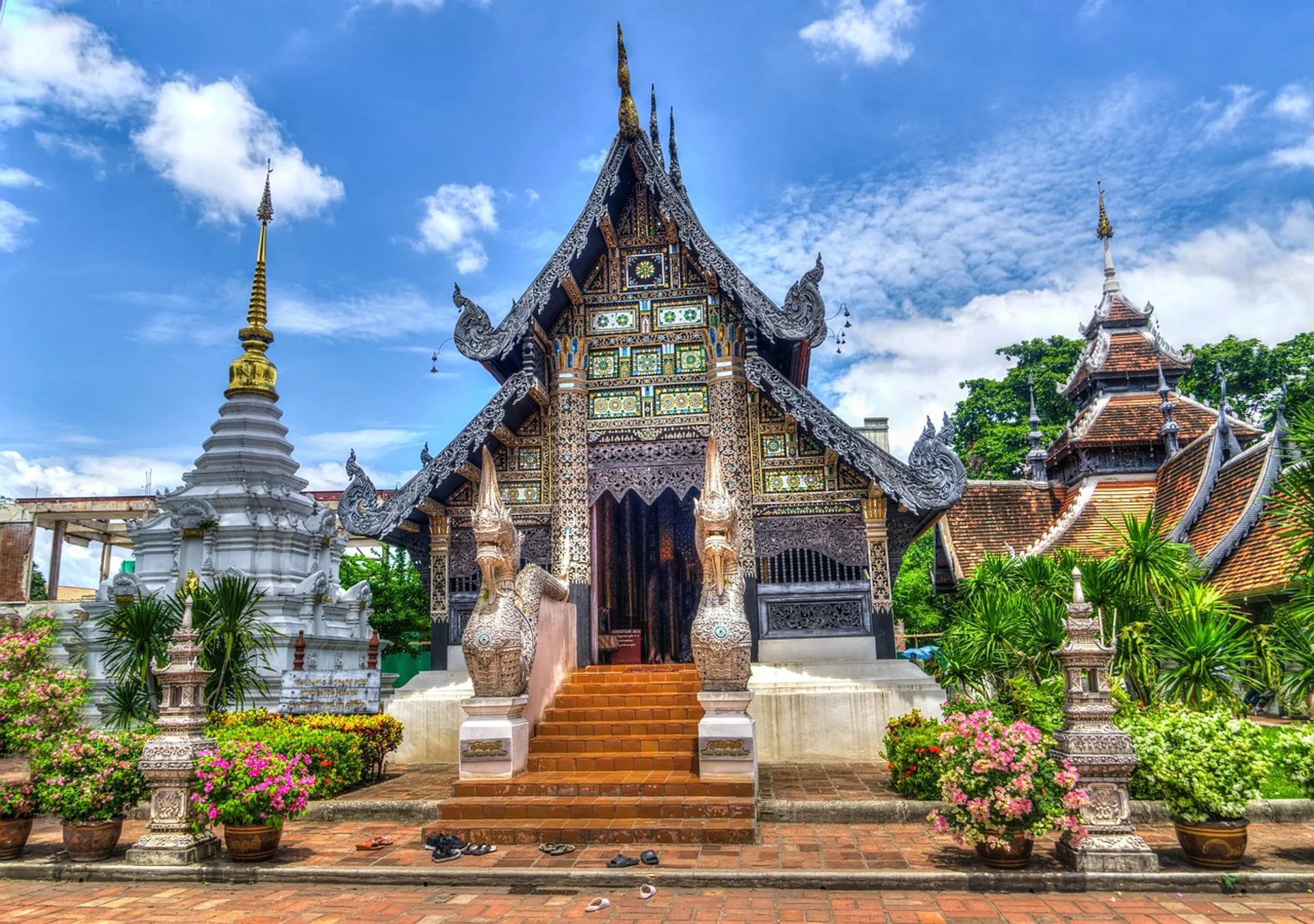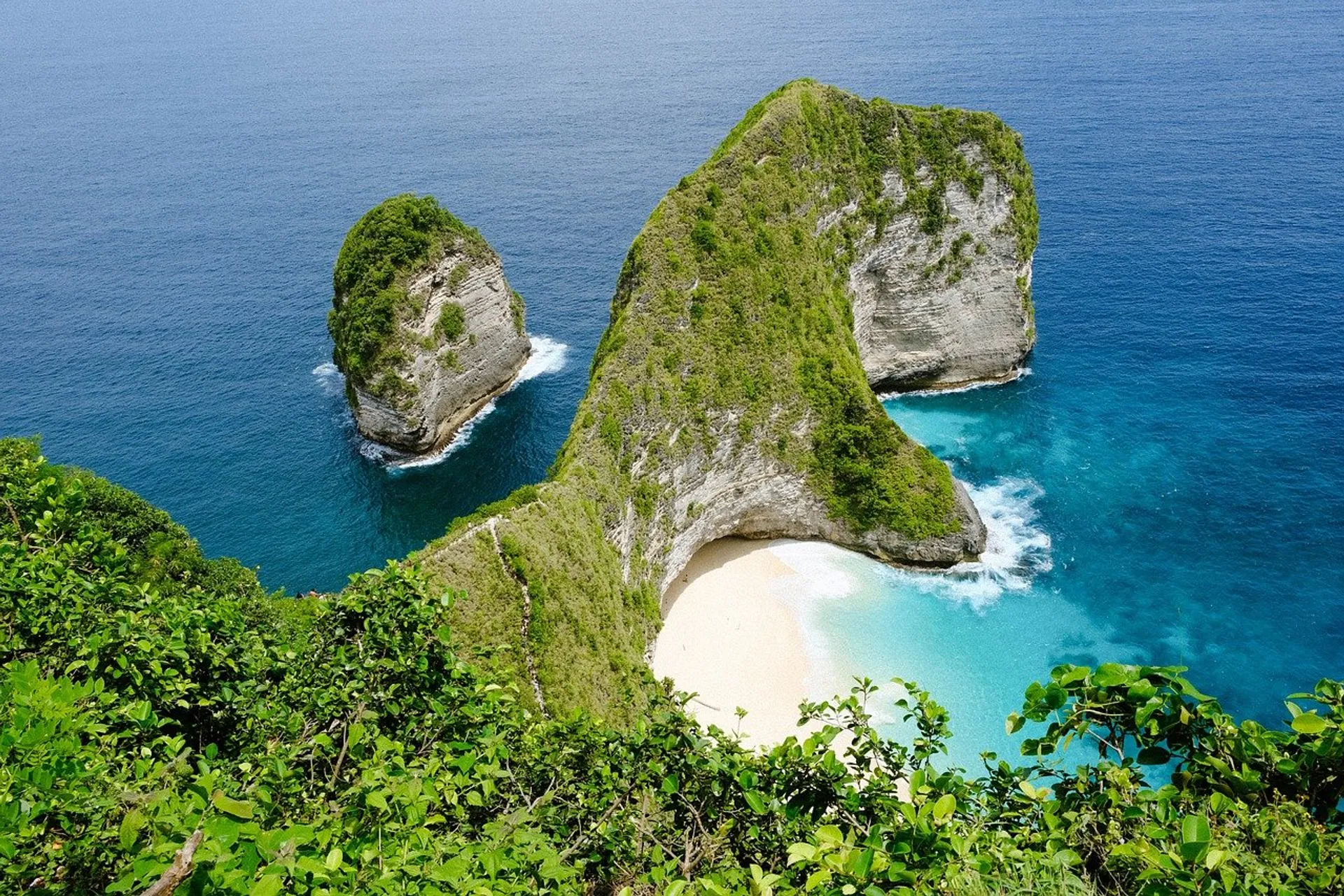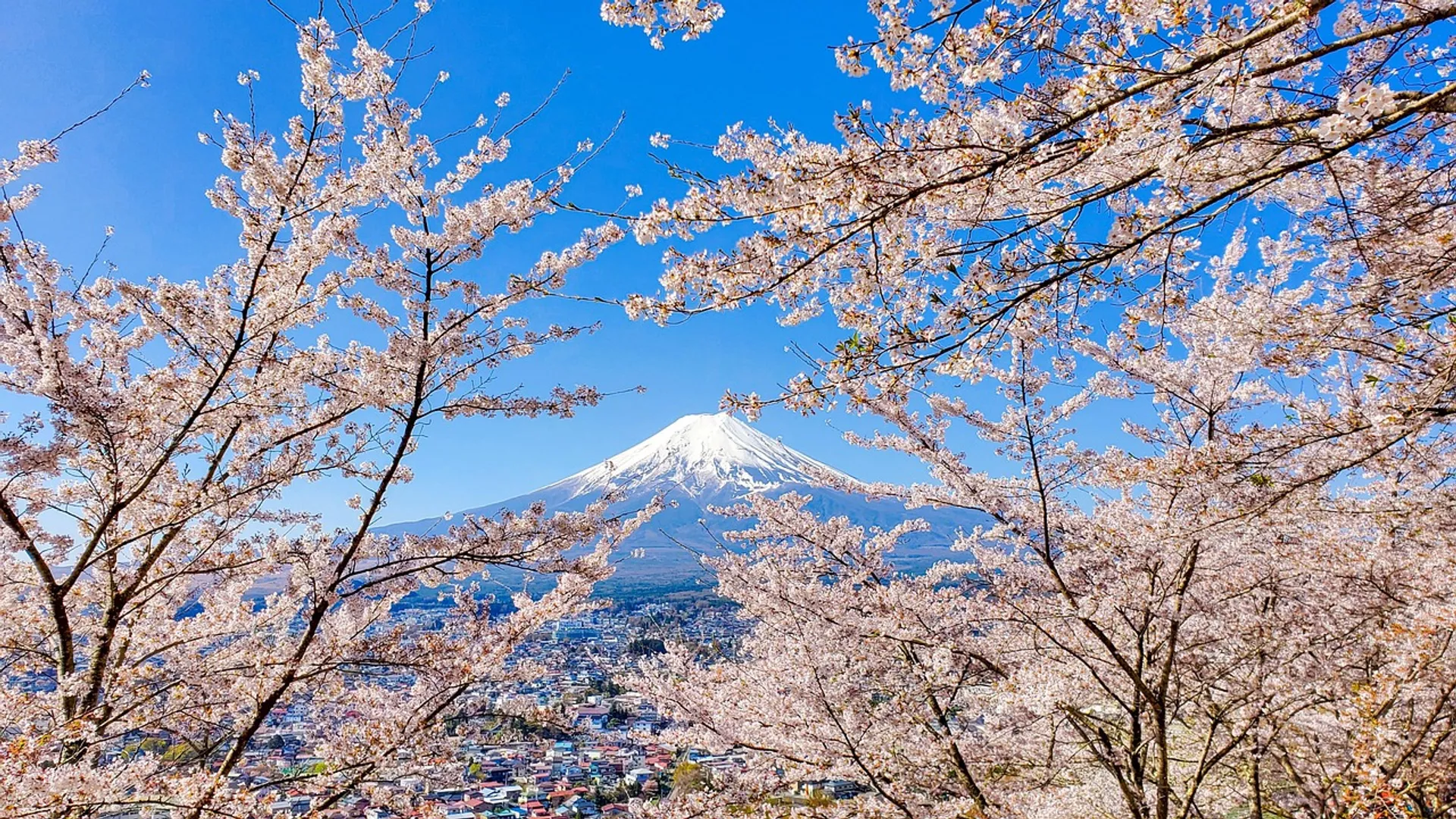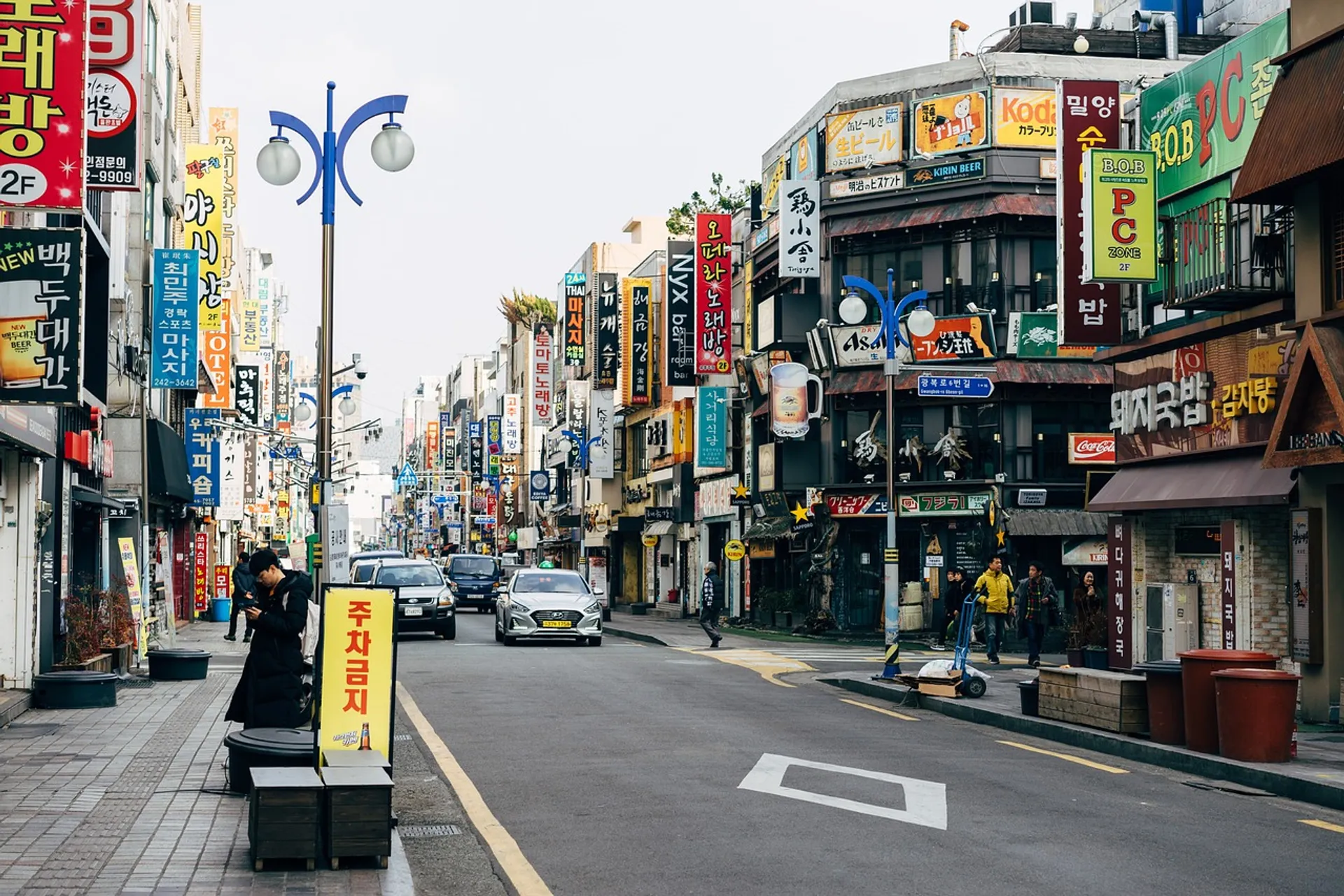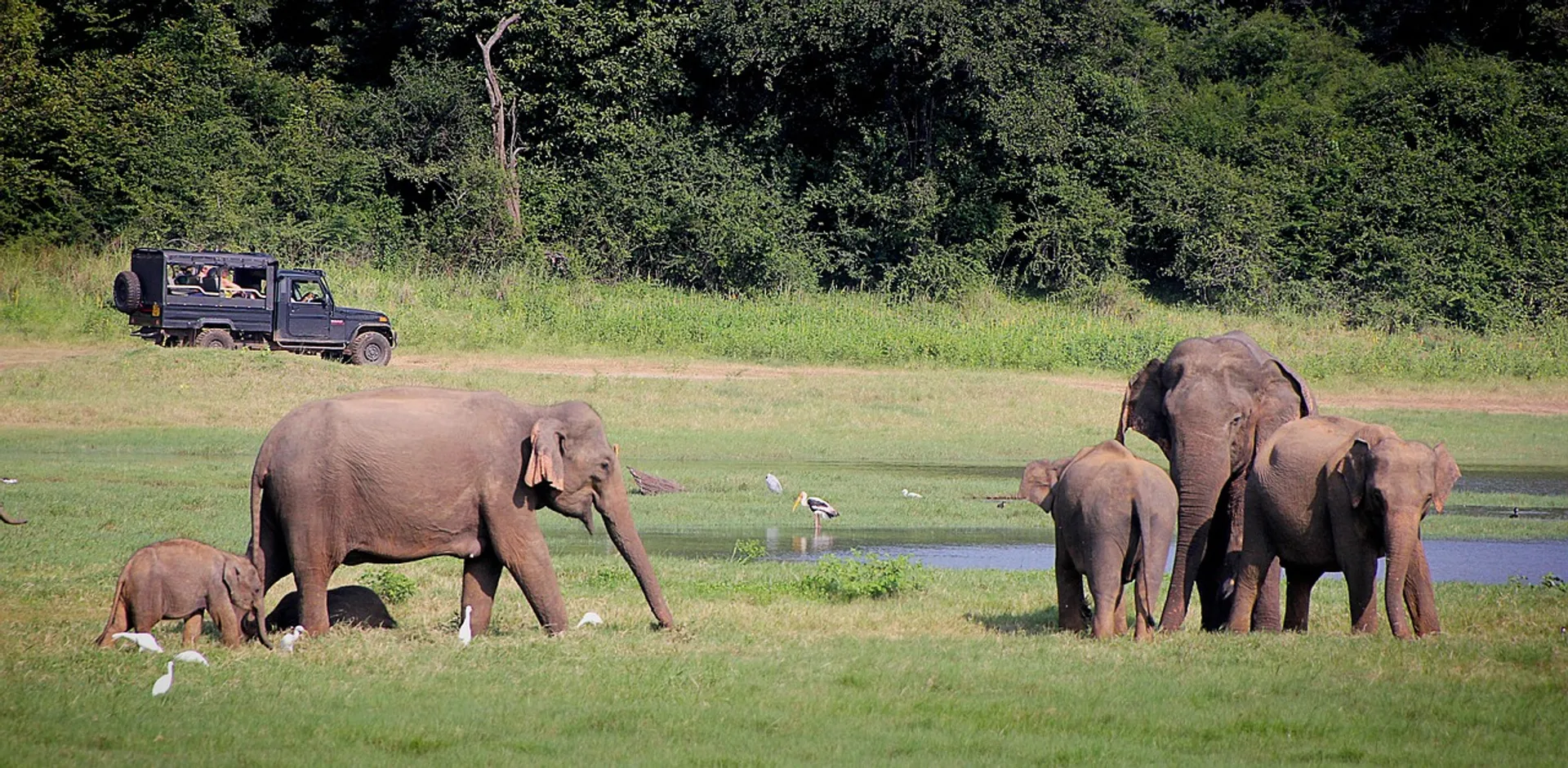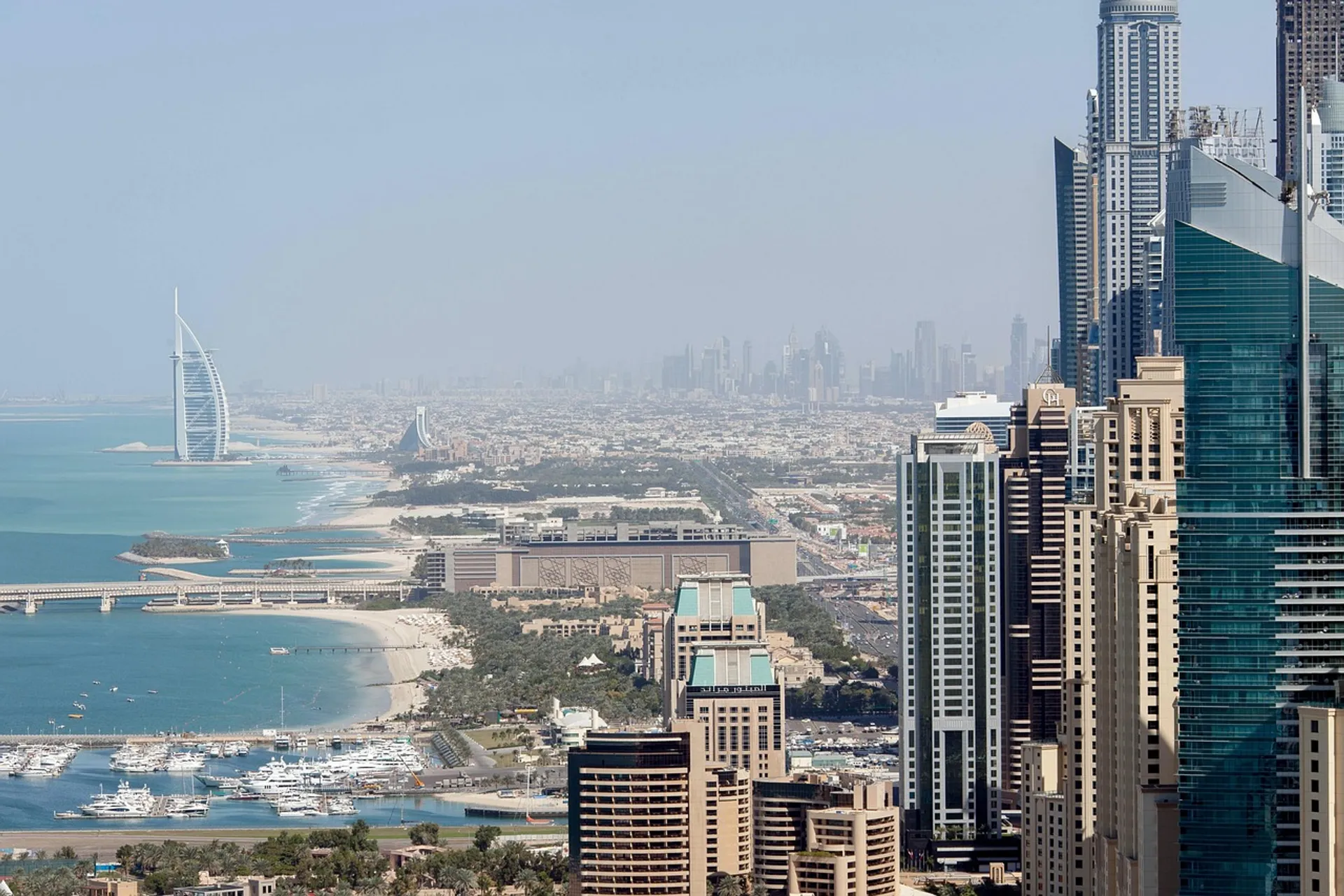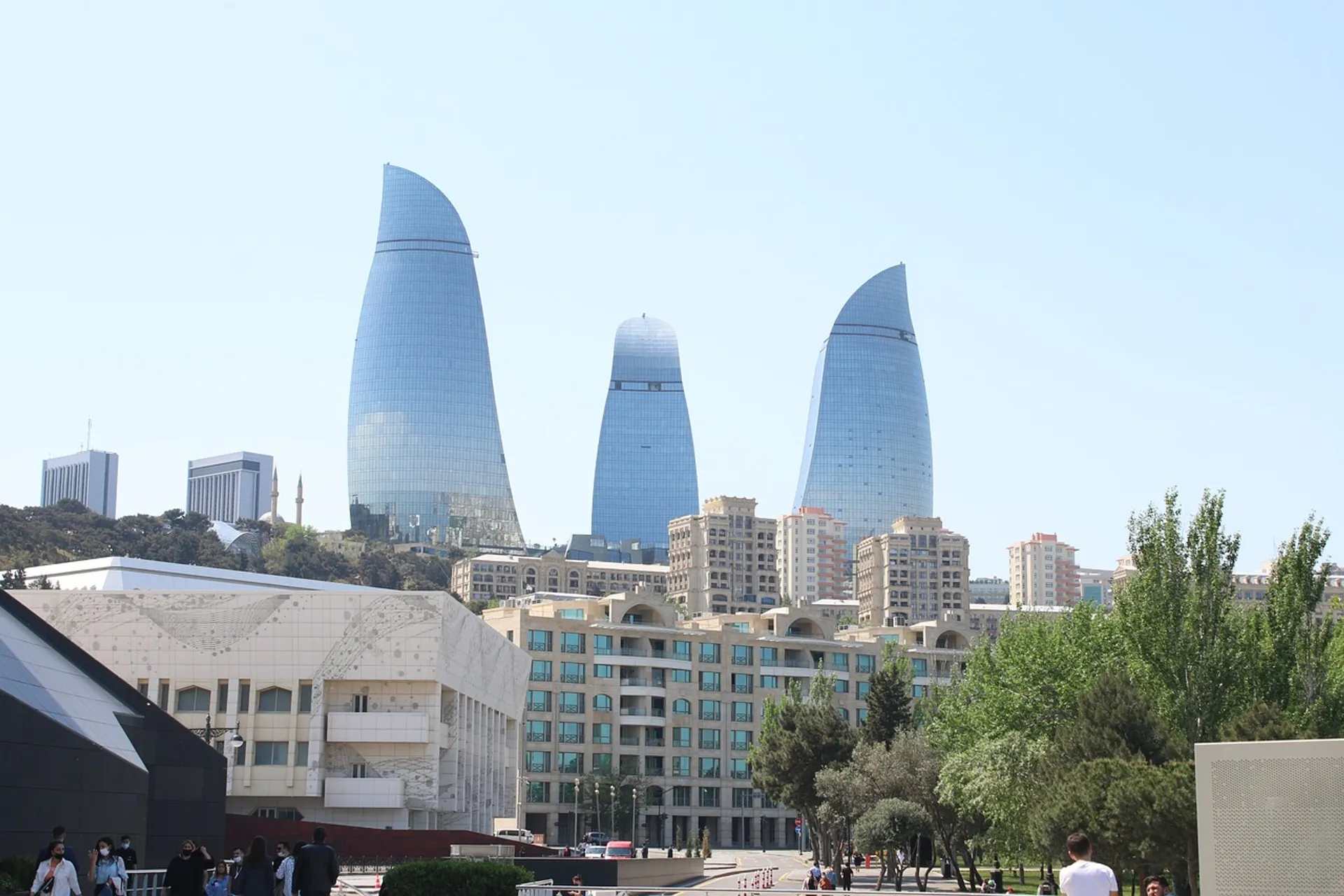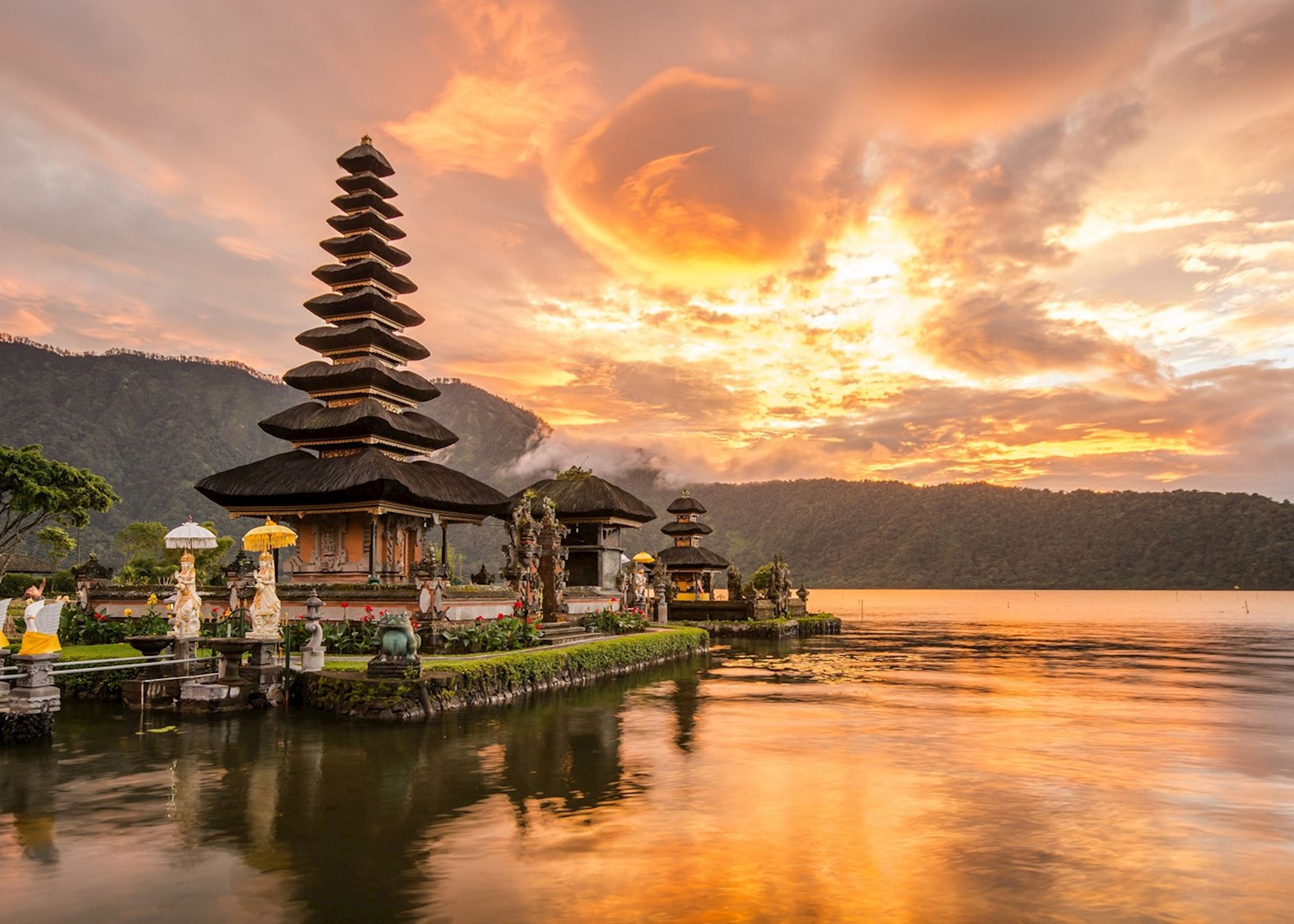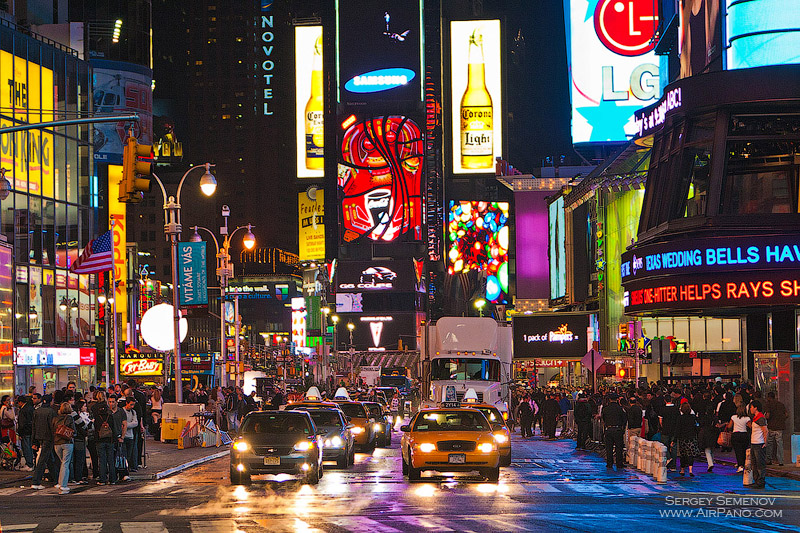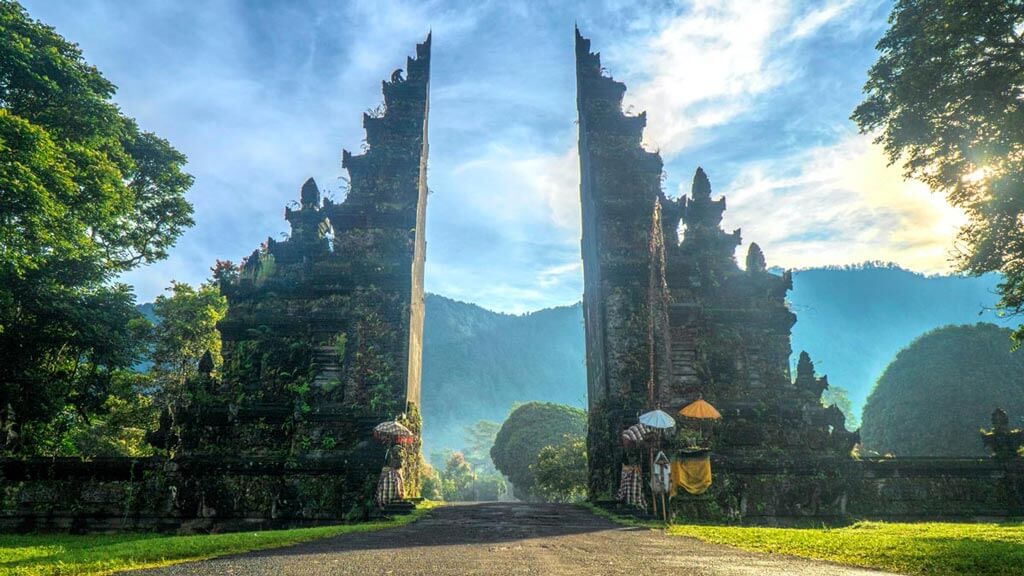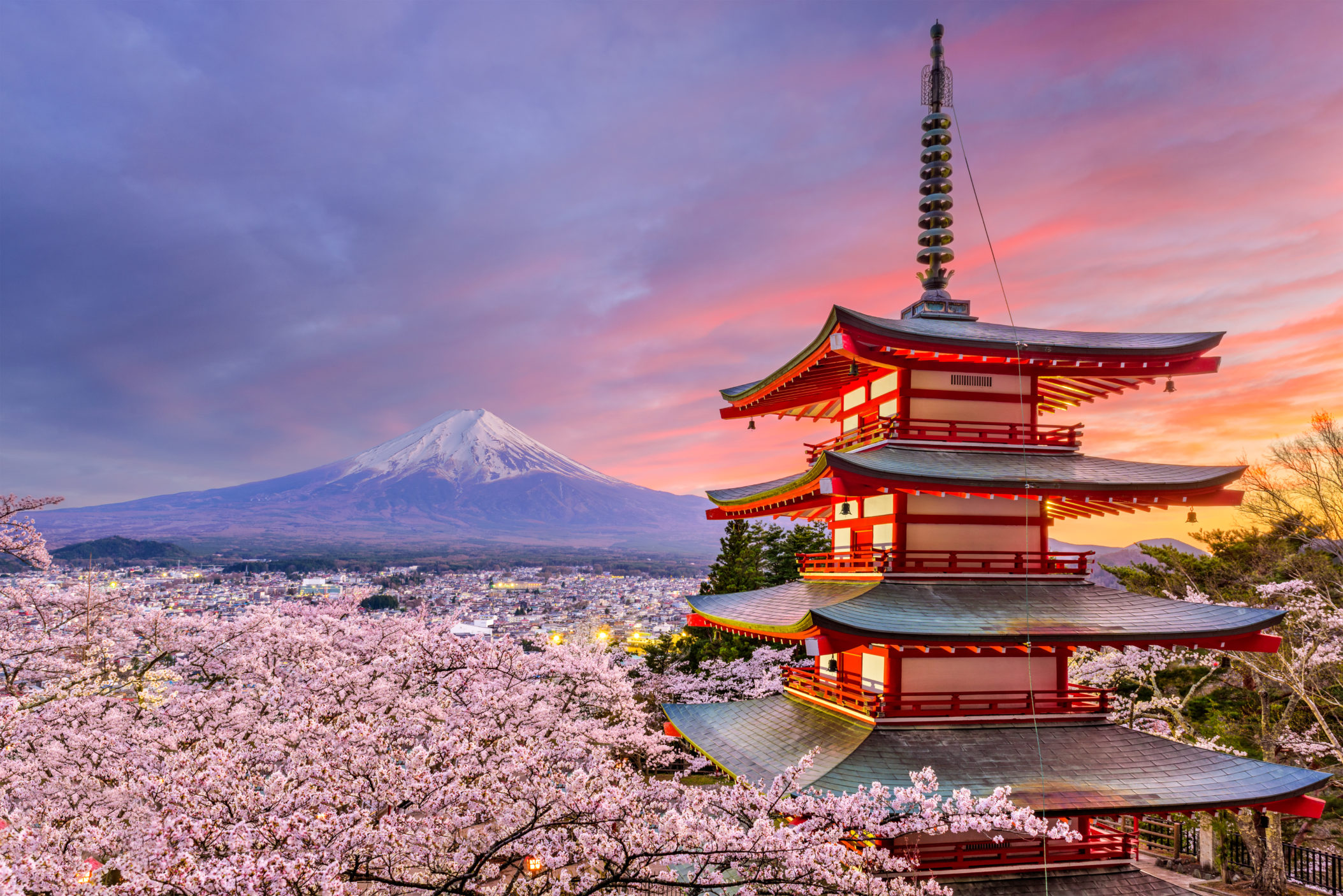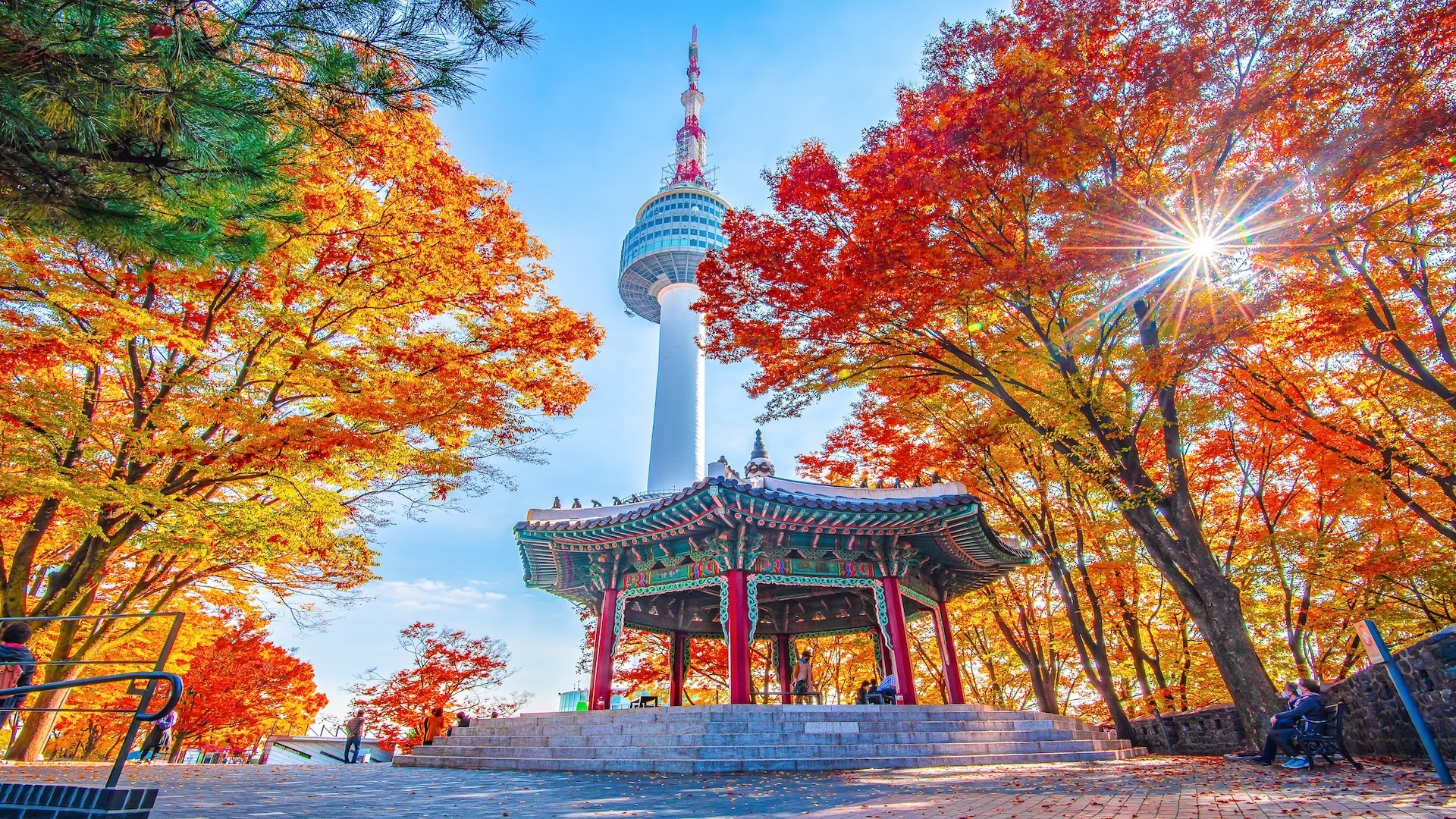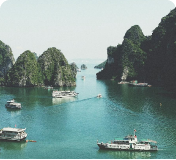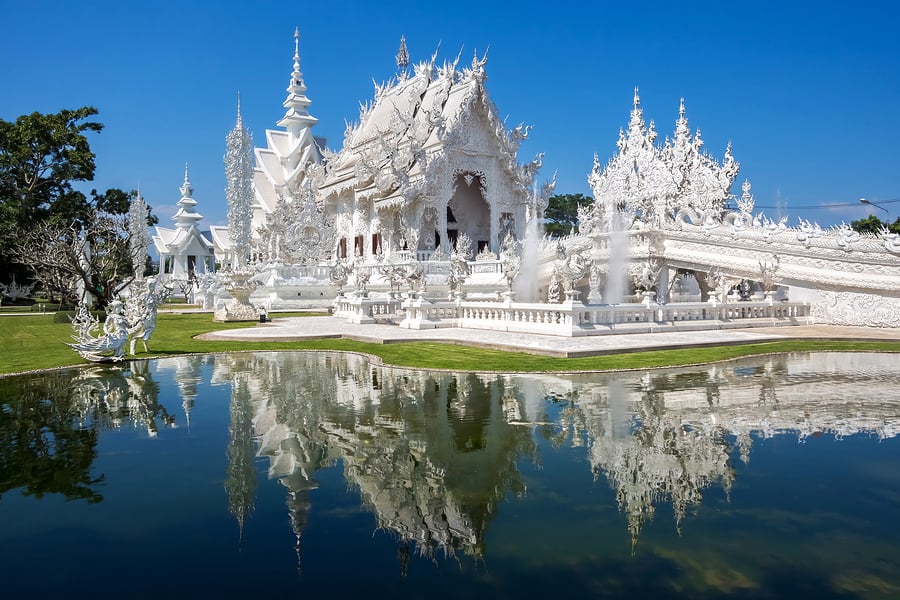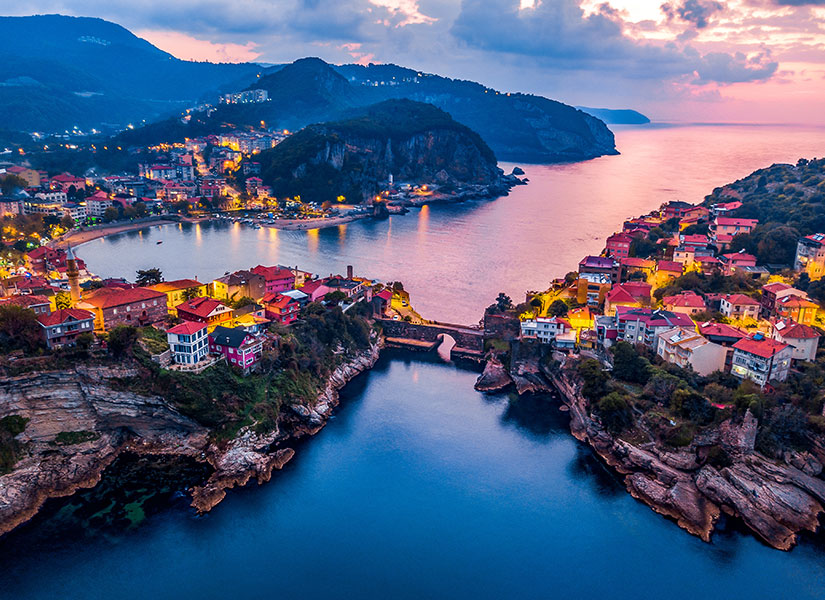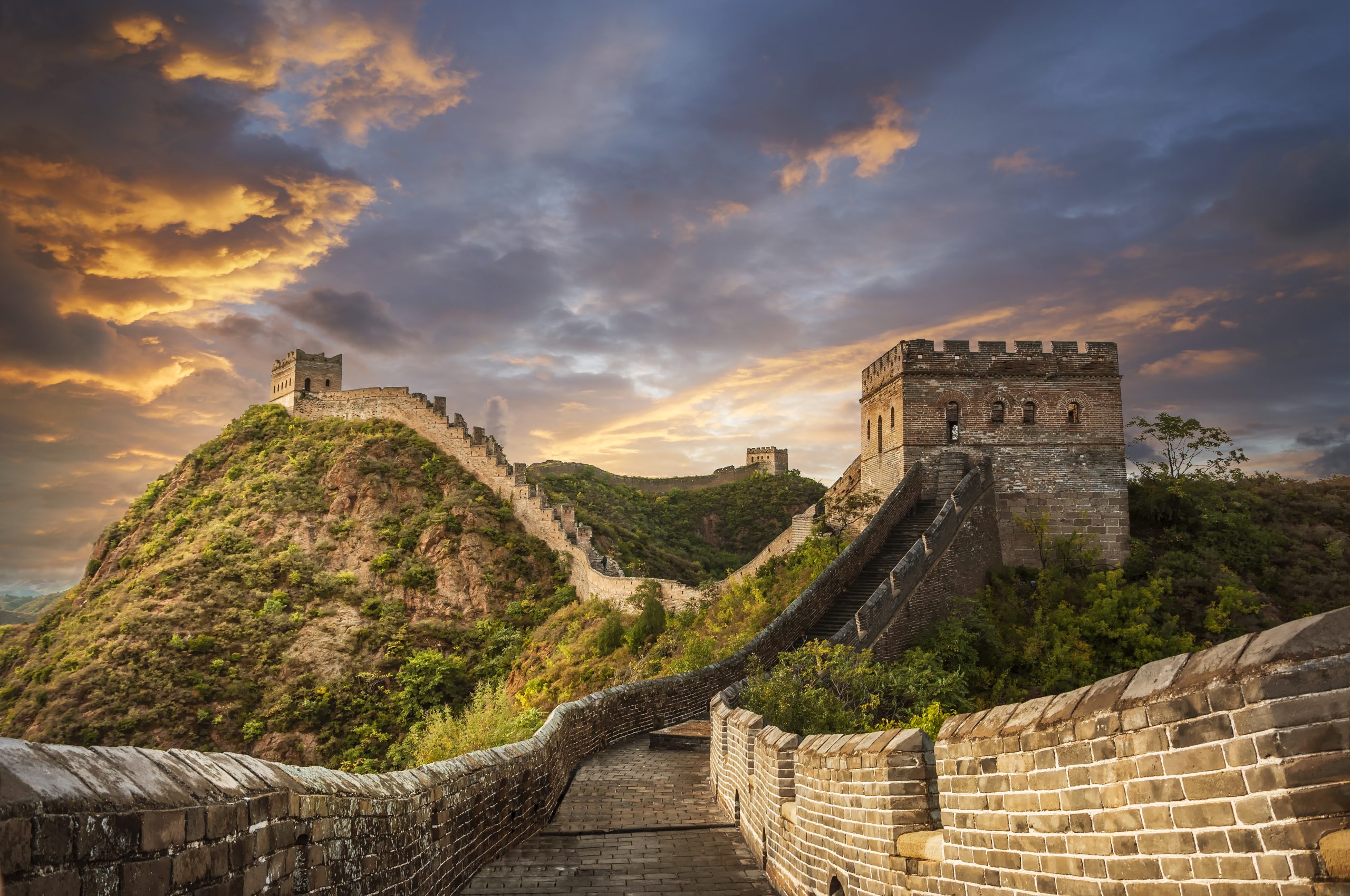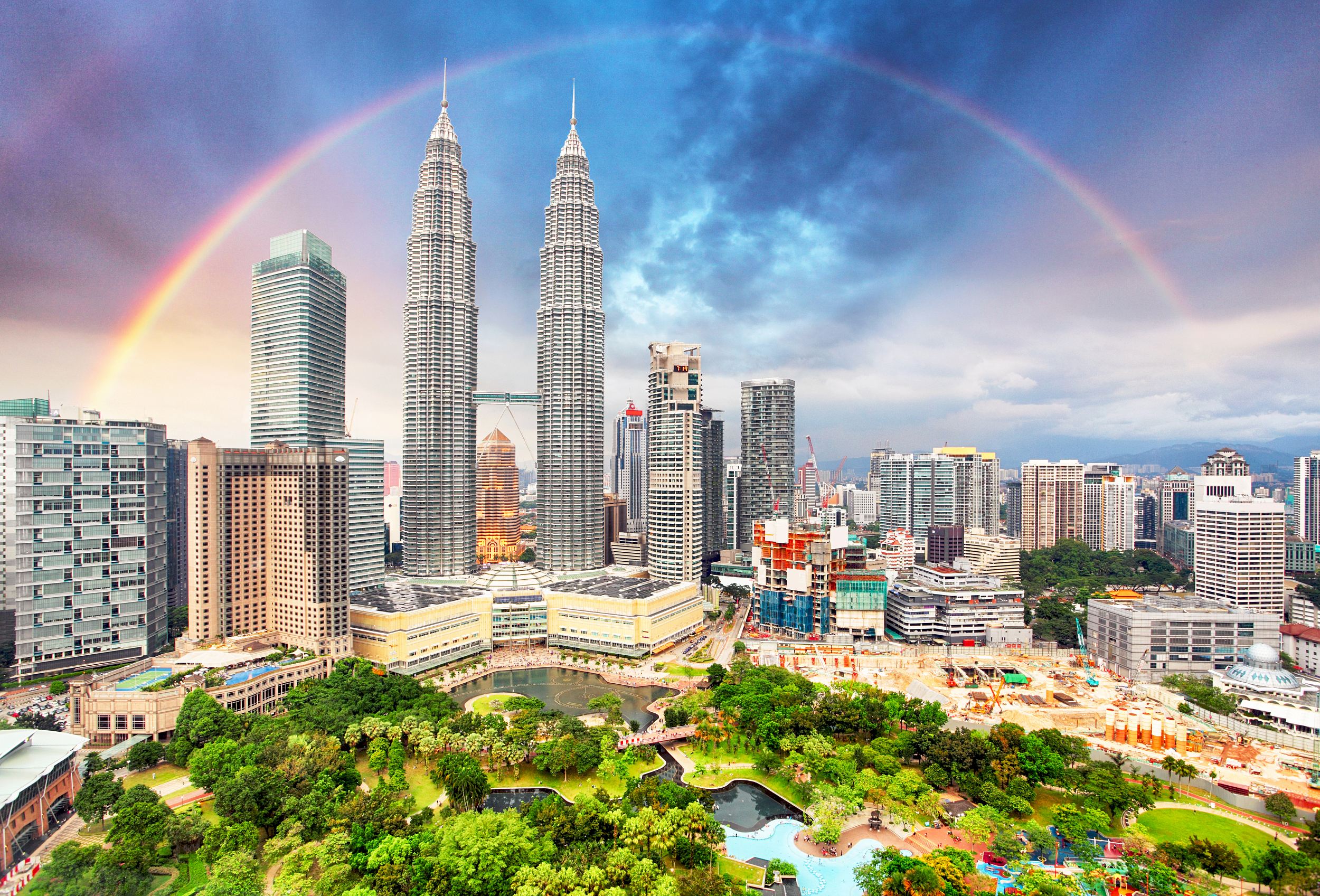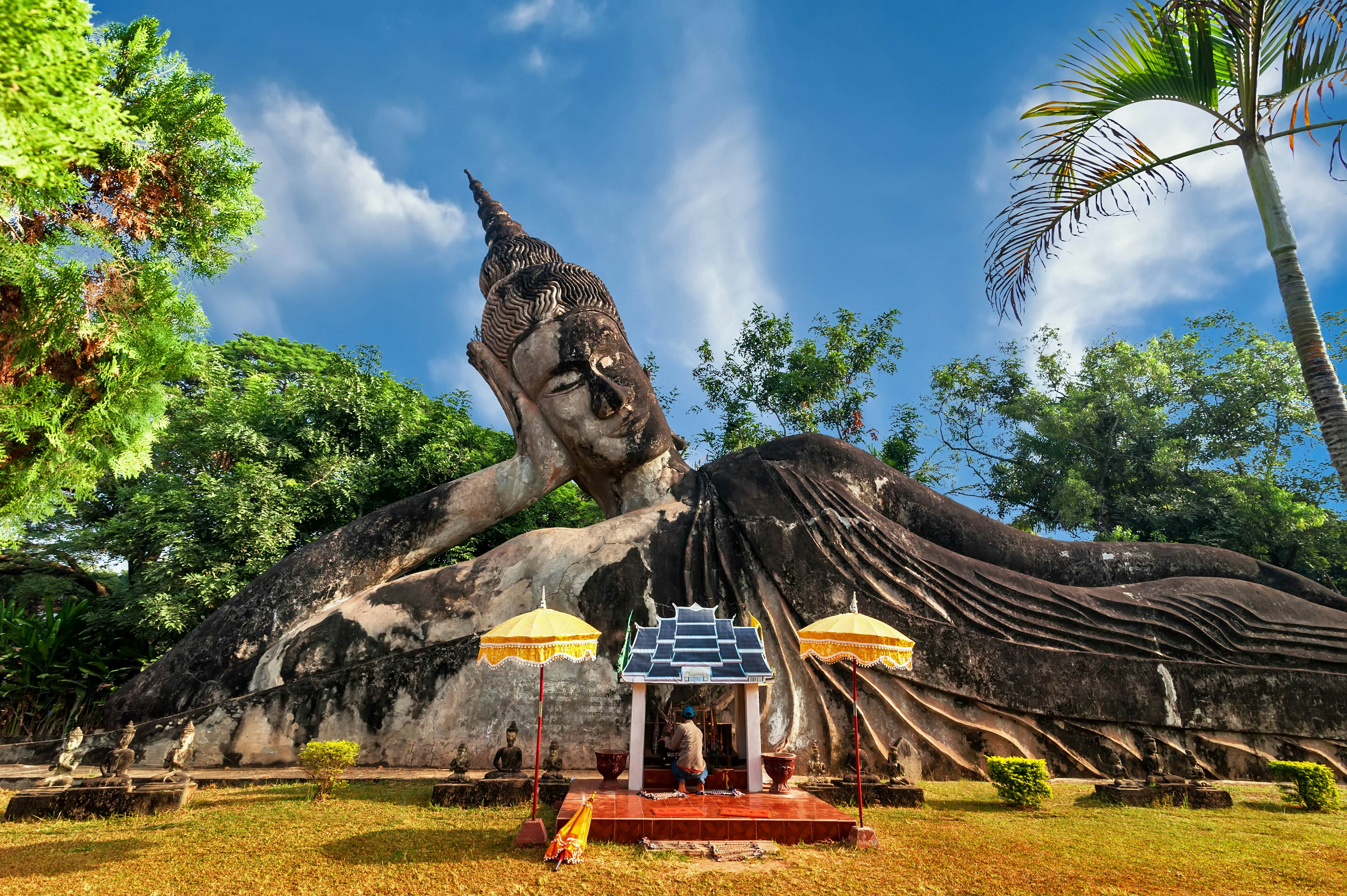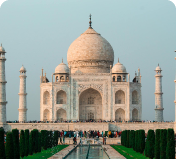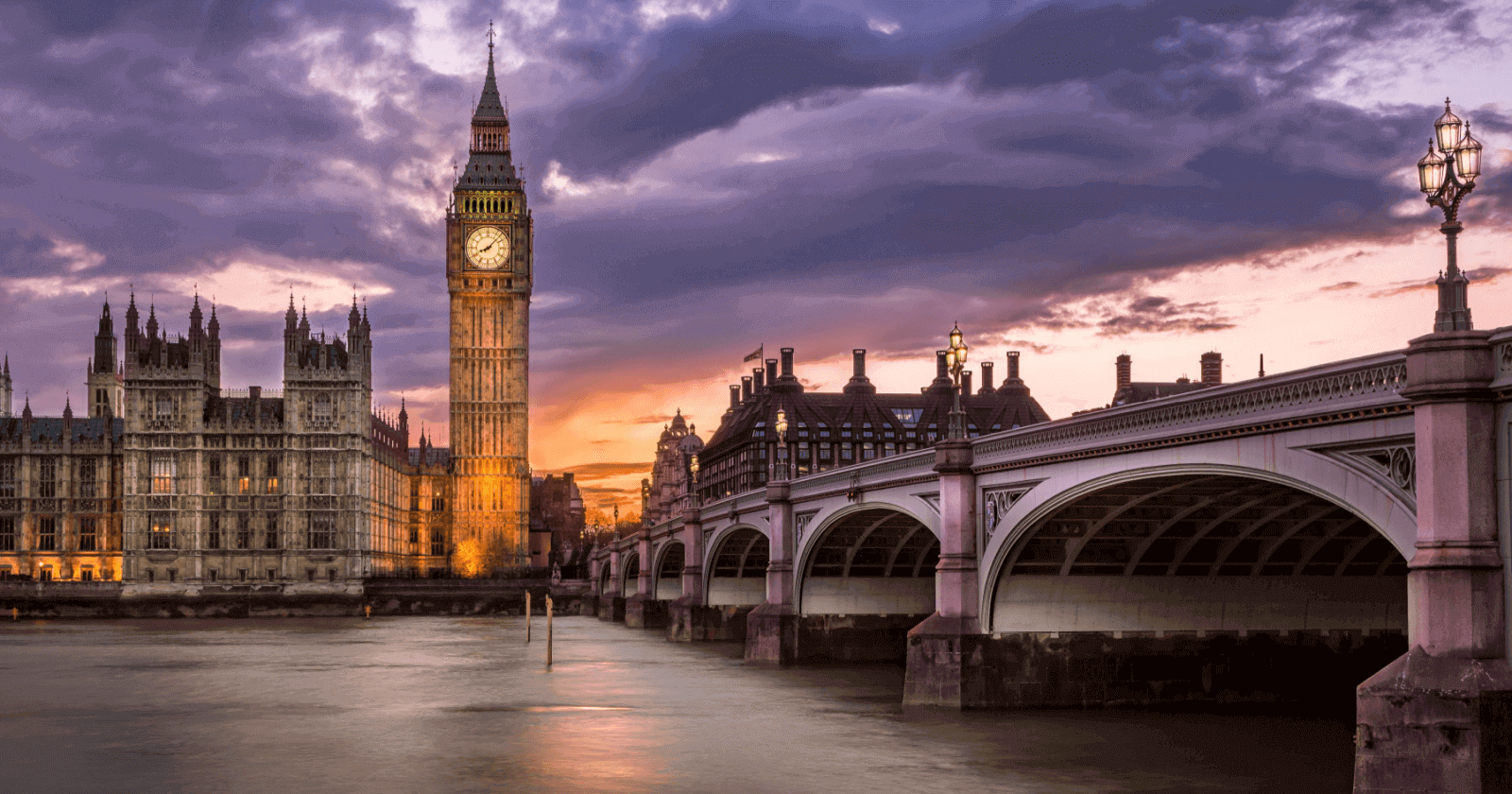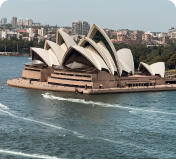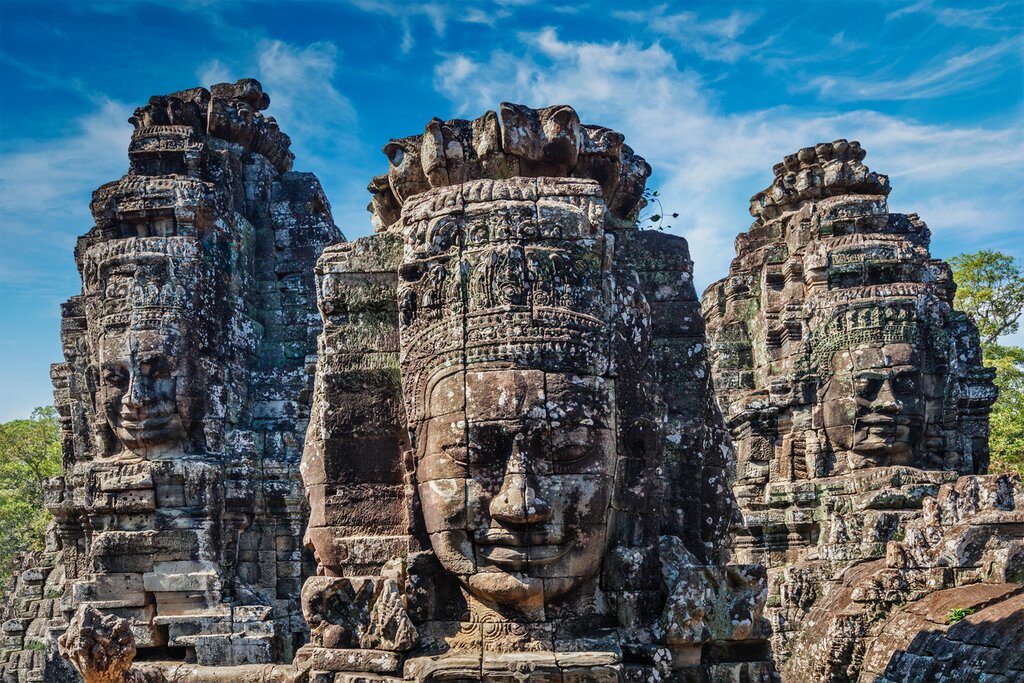99% Visas on Time
Visa Made
Visa Centre Au is a trusted travel visa processing services, offering expert support, up-to-date visa requirements and access to visas for multiple countries - all in one convenient place
(19 Reviews)



5.5k+
Happy Customers
Trust score 4.5 (19 Reviews)



5.5k+
Happy Customers
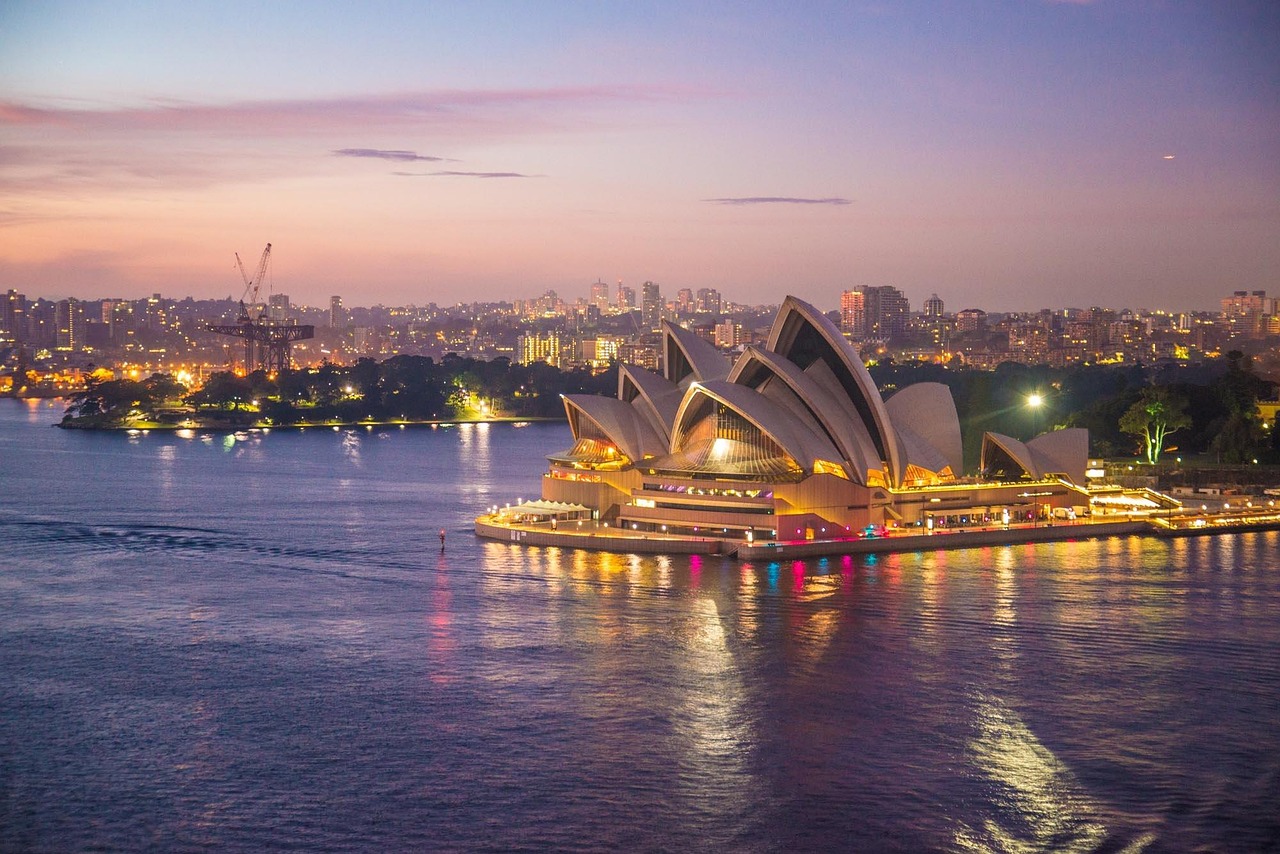
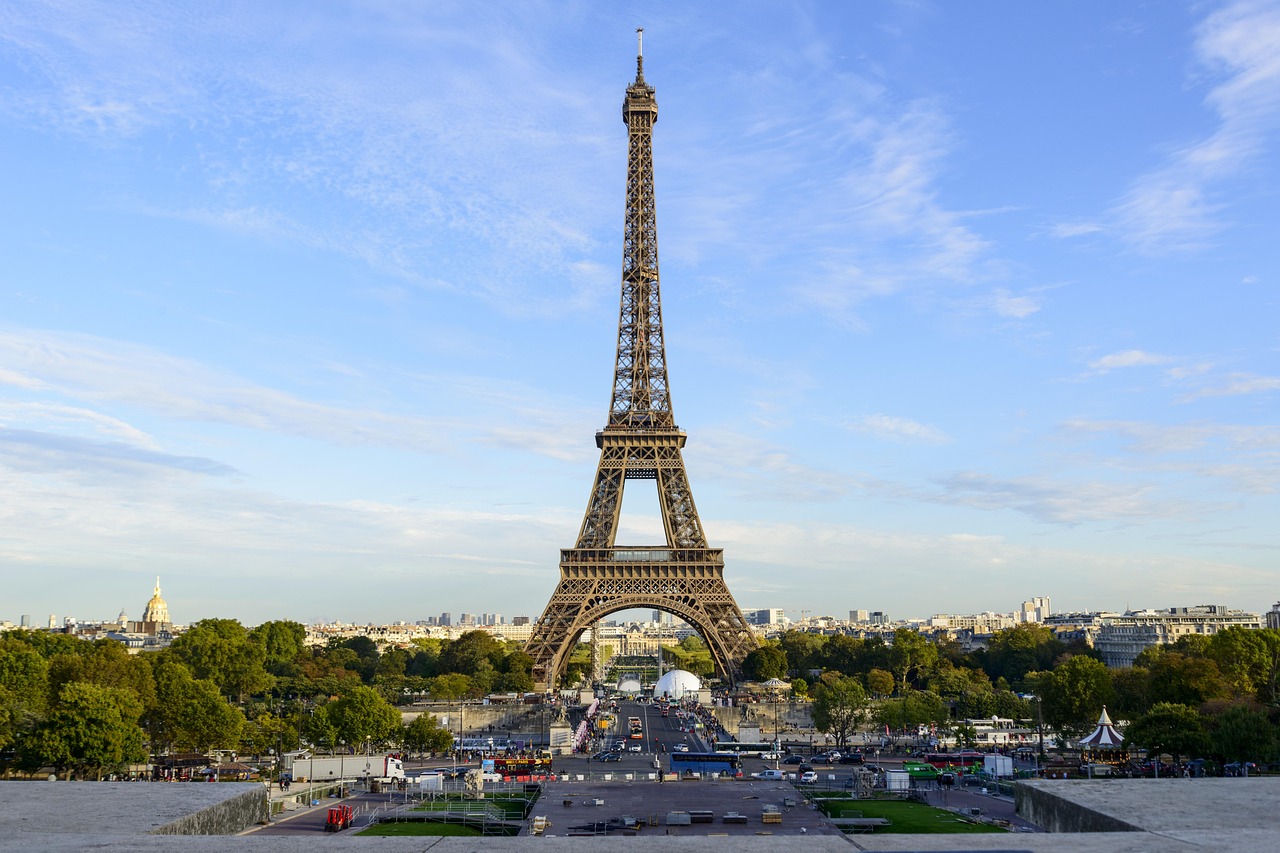
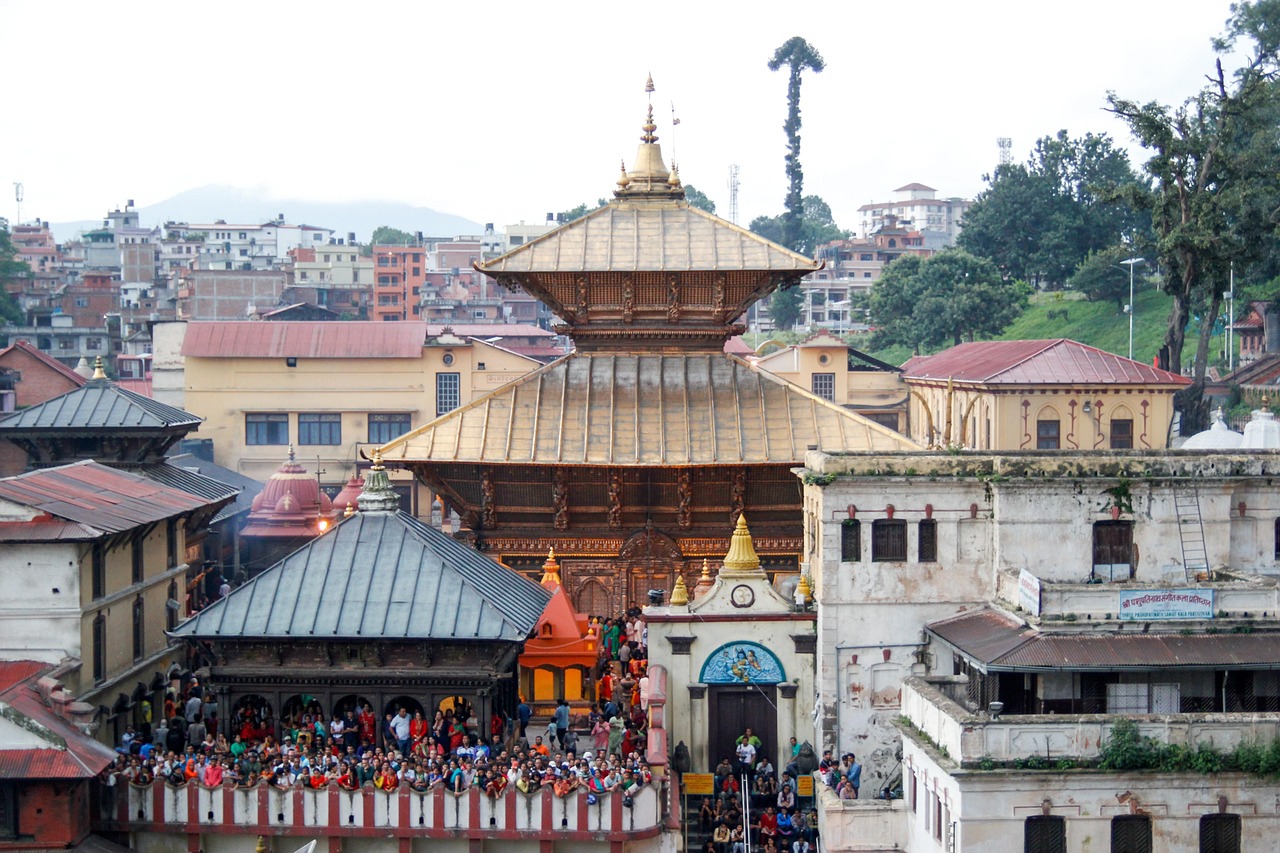


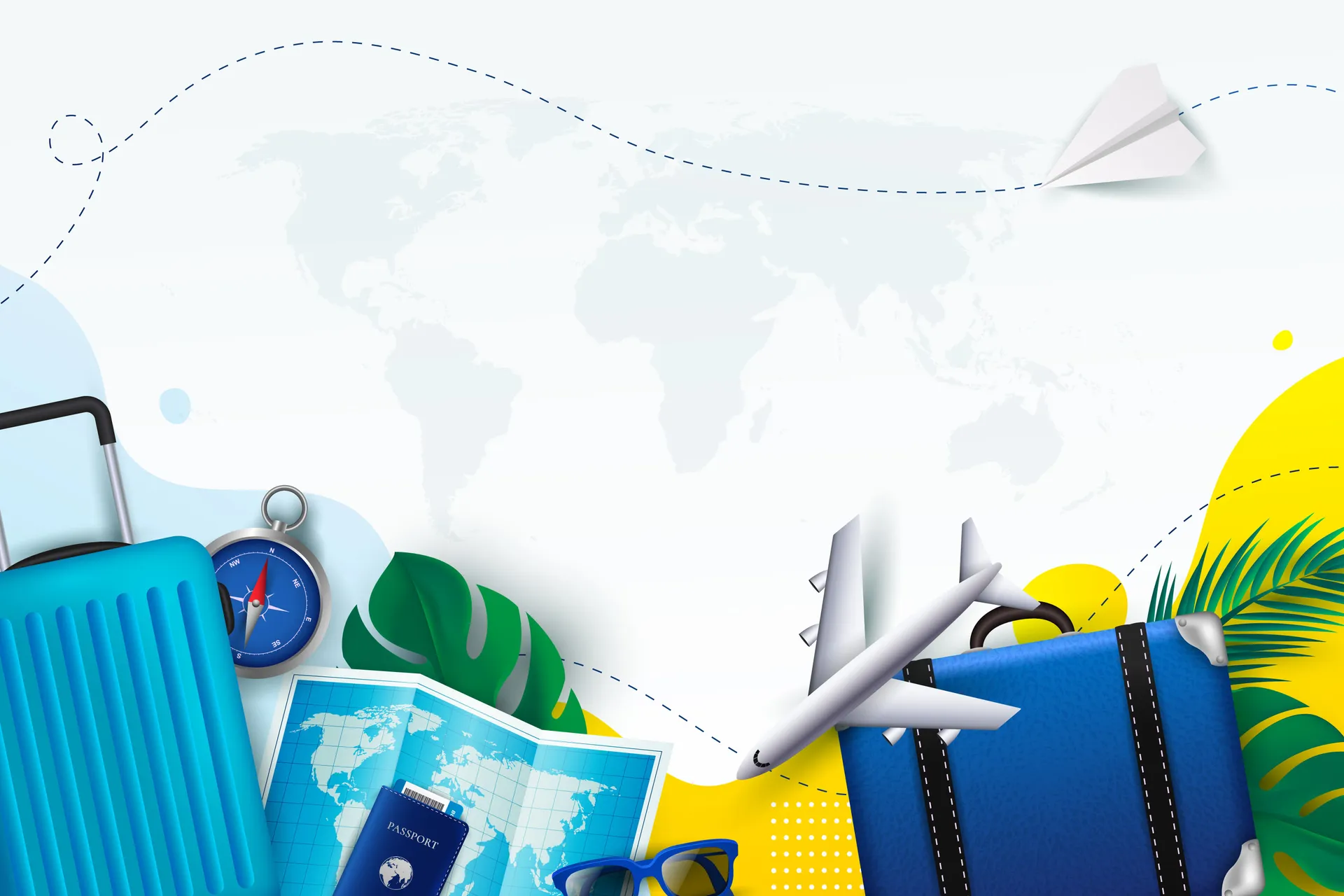
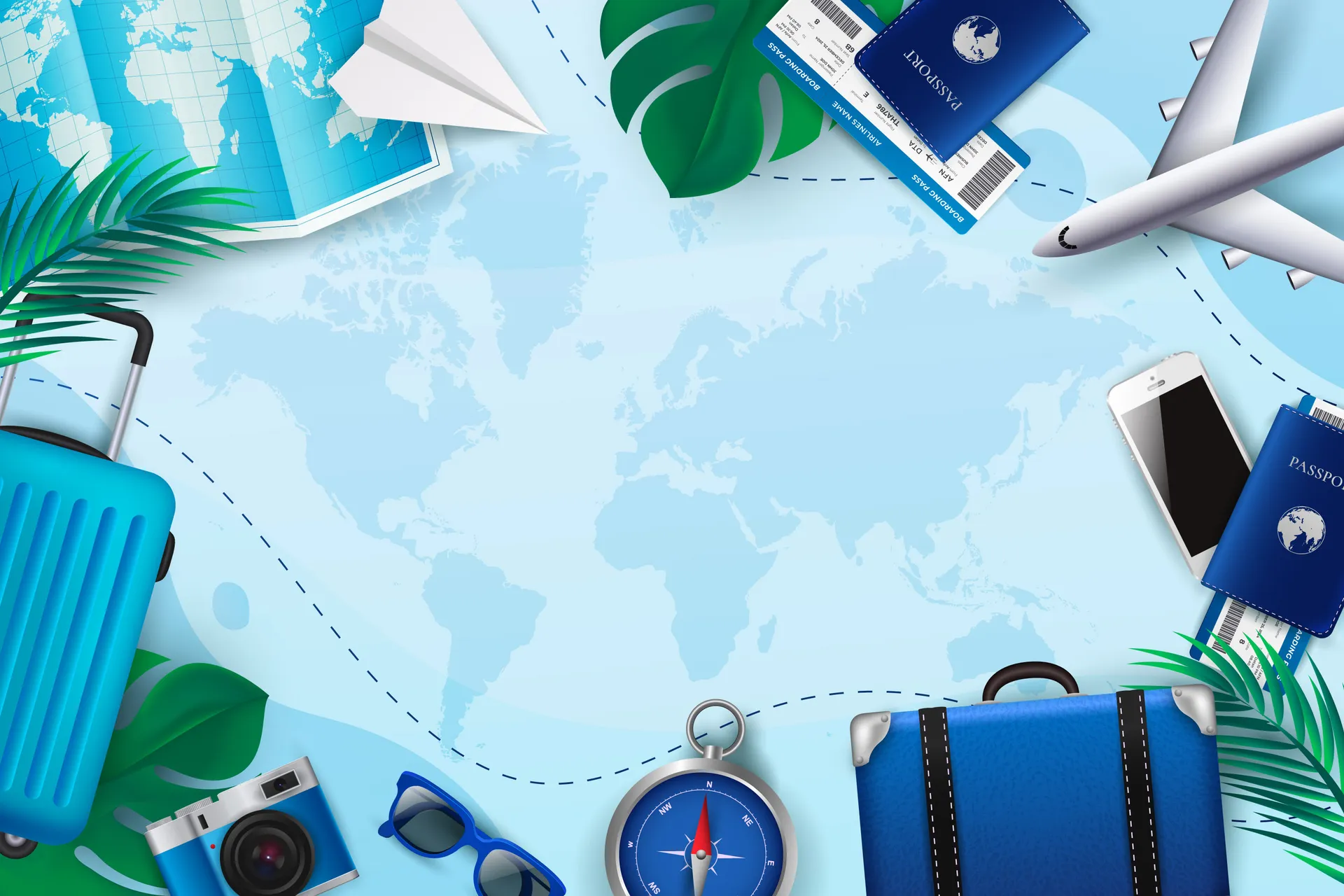
Amazing feedback from satisfied travelers
4.5
Excellent
C B
Cherrice Blizzard
australia
Immigration site had crashed
I had read on FB that the immigration site had crashed and there were continual issues when i wanted to do my 60 visa. I contacted Visa Centre Au and they processed my visa, no stress, no issues, simple process. I was even able to ring them to discuss my concerns. Thank you Visa Centre Au 🙏 😊

Amisha Dahal
australia
Got visa within a week
Got visa within a week. Very helpful. I will definitely recommend to others as well.

Prashansha Karki
australia
Fast and easy service
Fast and easy service, got a visa in couple of hours. Highly recommended!!

Soney S
australia
Reliable and great service
Very satisfied with the customer service provided recently as the visa was granted within a week. Highly recommended visa service centre if you looking for a professional, trustworthy, reliable, and responsive provider, who helps with your processing overall and clears all your queries with quick responses and great support👍Thankful to Mr Prem, you have been a great help.
C B


Visa Centre Au Delivers
Innovation
Making it simple to get visa for multiple countries in just few clicks. Real time status updates send to your email or mobile phone, and you will be up to date on each step of your visa application.
Exceptional Services
Our team of visa and immigration experts is here to guide you at every stage, offering personalised support, quick responses, and unmatched knowledge of global visa regulations.
Security
Guaranteed accuracy, privacy, and security. We prioritise the safety of your personal information with top-tier data protection and full compliance with global legal standards.
Simplicity
No hidden fees, Complete Transparency. Our streamlined visa application process makes getting a visa easy, fast, and affordable - perfect for travelers who value speed, easy process, and peace of mind.
Visa Centre Au Latest Insights
Stay updated with frequently changing visa rules, best travel destinations, and travel tips.
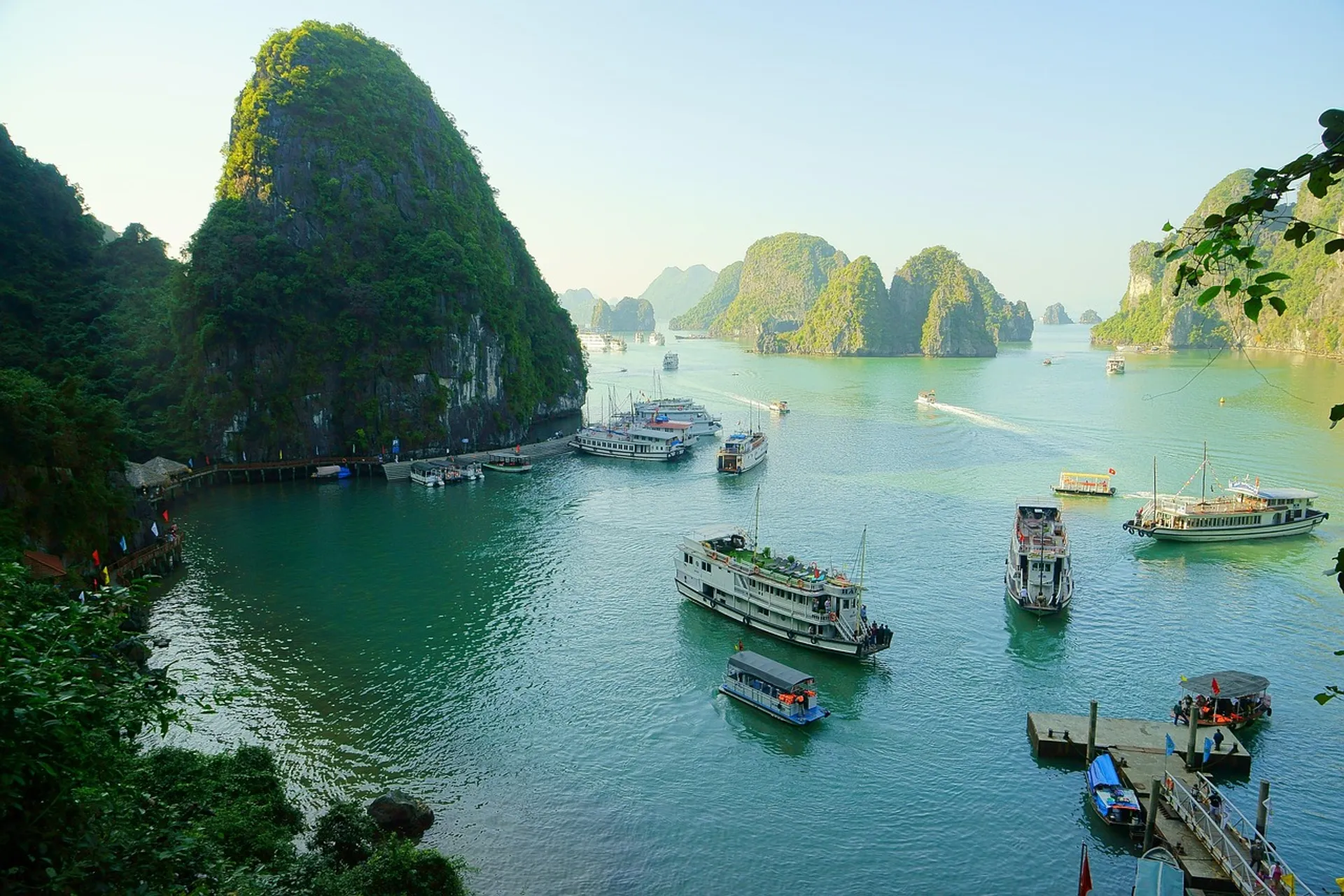
Vietnam's Evolving Visa Policies: A Comprehensive Guide for Australian Travellers on the New 45-Day Waiver and Beyond
1. Executive Summary: Navigating Vietnam's Visa Landscape for Australian Travellers
Vietnam is actively engaged in a strategic overhaul of its visa policies, a concerted effort designed to invigorate its tourism sector and attract high-quality human capital. These reforms are manifested through recent governmental resolutions that extend stay durations and broaden the eligibility for electronic visas. Such changes are not merely administrative adjustments but represent a broader national commitment to enhancing global connectivity and fostering economic development.
For Australian citizens, a critical clarification must be made at the outset: Australian passport holders are not included in the new 45-day visa waiver granted to 12 specific European countries, nor are they beneficiaries of any existing unilateral visa exemption scheme for Vietnam. This distinction is of paramount importance for any Australian-centric visa service, as it directly manages expectations and provides accurate, actionable guidance. Without this immediate clarity, Australian travelers might misinterpret general news about visa changes, potentially leading to significant travel complications. Therefore, directing Australian travelers to their specific and relevant visa pathways is essential.
A valid visa remains a mandatory requirement for all Australian passport holders intending to enter Vietnam, irrespective of their purpose of travel, whether for tourism, business, or visiting relatives. Among the available options, the Vietnam e-visa, which permits stays of up to 90 days with either single or multiple entries, stands out as the most convenient and highly recommended pathway for Australian travelers.
This comprehensive report aims to detail Vietnam's latest visa policies, thoroughly explain all available visa options pertinent to Australians, outline essential entry requirements, and furnish crucial practical advice to facilitate a smooth and enjoyable travel experience. The objective is to equip entities like Visa Centre Au with all necessary information to serve as an authoritative resource for Australian travelers planning a visit to Vietnam.
2. Vietnam's Latest Visa Policy Update: The 45-Day Waiver Explained
This section meticulously examines Vietnam's recent governmental resolutions, drawing clear distinctions between various visa exemption policies and clarifying their specific applicability and scope.
2.1. Official Announcement and Resolution Details: A Boost for Tourism
On August 8, 2025, the Vietnamese Government officially announced Resolution No. 229/NQ-CP, a key component of its ongoing tourism stimulus program. This resolution introduces visa exemptions for citizens of 12 designated countries, permitting them to remain in Vietnam for up to 45 days from their date of entry, specifically for tourism purposes.
This measure is scheduled to become effective on August 15, 2025, and is slated to remain in force for a substantial period, until August 14, 2028. The explicit establishment of these start and end dates, spanning three years, indicates a deliberate and sustained commitment by Vietnam to foster tourism growth from these particular European markets. This is not a fleeting, short-term adjustment but a policy framework designed to deliver a lasting impact, reflecting confidence in the long-term recovery and expansion of the nation's tourism sector. The exemption applies universally to citizens of these countries, irrespective of their passport type, provided they adhere to Vietnam's general entry conditions. The overarching goal of this policy is to significantly boost tourist arrivals from these specific source markets.
For certain nations, such as Poland, the Czech Republic, and Switzerland, this new resolution effectively replaces previous visa exemptions. For instance, Resolution No. 11/NQ-CP, which was dated January 15, 2025, and provided exemptions for these countries, will cease to be valid from August 15, 2025. The expiration of an older resolution concurrent with the introduction of a new one for the same countries suggests an ongoing process of policy refinement and consolidation. This points to a dynamic regulatory environment where earlier, potentially less extensive, exemptions are being superseded by more generous and standardized provisions for specific groups of nations, thereby streamlining the overall policy framework and potentially simplifying administrative procedures over time.
2.2. Countries Benefiting from the New 45-Day Visa Waiver (Resolution 229/NQ-CP)
The 12 countries newly granted the 45-day visa exemption under Resolution No. 229/NQ-CP are: Belgium, Bulgaria, Croatia, the Czech Republic, Hungary, Luxembourg, the Netherlands, Poland, Romania, Slovakia, Slovenia, and Switzerland. Citizens from these nations are permitted to stay for up to 45 days from their entry date for tourism purposes, regardless of their passport type, provided they fulfill Vietnam's standard entry requirements.
It is imperative to distinguish this recent policy from an earlier, separate extension of stay durations for citizens of 13 other countries. Effective August 15, 2023, Vietnam had already extended the unilateral visa exemption period from 15 days to 45 days for citizens of: Germany, France, Italy, Spain, the United Kingdom, Russia, Japan, the Republic of Korea, Denmark, Sweden, Norway, Finland, and Belarus. The existence of two distinct sets of 45-day visa exemptions, with different effective dates and country lists, resolves any apparent contradiction in the policy announcements. This signifies Vietnam's multi-phased and evolving strategy towards visa liberalization. The expansion of 45-day visa waivers to a broader spectrum of countries, particularly those in Europe, signals Vietnam's strategic intent to diversify its tourist source markets and attract visitors who may be inclined towards longer stays and potentially higher spending. This move aligns with contemporary global tourism trends that favor extended visits and simplified entry procedures, enhancing Vietnam's competitiveness in the post-pandemic travel landscape.
Table 1: Vietnam's 45-Day Visa Waiver Countries (Effective August 15, 2025 & August 15, 2023)
| Country | Previous Visa Exemption (if any) | New 45-Day Visa Exemption (Effective Aug 15, 2025) | 45-Day Visa Exemption (Extended from Aug 15, 2023) |
| Belgium | N/A | 45 days | N/A |
| Bulgaria | N/A | 45 days | N/A |
| Croatia | N/A | 45 days | N/A |
| Czech Republic | 2025 program (expires Aug 15, 2025) | 45 days | N/A |
| Hungary | N/A | 45 days | N/A |
| Luxembourg | N/A | 45 days | N/A |
| Netherlands | N/A | 45 days | N/A |
| Poland | 2025 program (expires Aug 15, 2025) | 45 days | N/A |
| Romania | N/A | 45 days | N/A |
| Slovakia | N/A | 45 days | N/A |
| Slovenia | N/A | 45 days | N/A |
| Switzerland | 2025 program (expires Aug 15, 2025) | 45 days | N/A |
| Germany | 15 days | N/A | 45 days |
| France | 15 days | N/A | 45 days |
| Italy | 15 days | N/A | 45 days |
| Spain | 15 days | N/A | 45 days |
| UK | 15 days | N/A | 45 days |
| Russia | 15 days | N/A | 45 days |
| Japan | 15 days | N/A | 45 days |
| South Korea | 15 days | N/A | 45 days |
| Denmark | 15 days | N/A | 45 days |
| Sweden | 15 days | N/A | 45 days |
| Norway | 15 days | N/A | 45 days |
| Finland | 15 days | N/A | 45 days |
| Belarus | 15 days | N/A | 45 days |
2.3. Crucial Clarification for Australian Citizens
Despite these significant expansions in Vietnam's visa exemption policies, it is unequivocally confirmed that Australian citizens are not included in any of Vietnam's unilateral visa exemption schemes. This means that for Australian passport holders, a valid visa is consistently required to enter Vietnam, regardless of the purpose of travel, which includes tourism, business, visiting relatives, investment, or journalism.
For an Australian-focused visa service, this distinction is the most vital piece of information to convey. Any misinformation or ambiguity on this point could lead to severe consequences for clients, such as denied boarding at their departure point or refusal of entry upon arrival in Vietnam, resulting in substantial financial losses and reputational damage. Clear and precise communication ensures that clients fully comprehend their obligations and apply for the appropriate visa type. The persistent exclusion of Australia from Vietnam's unilateral visa exemption list, even amidst broader liberalization efforts, may stem from a lack of reciprocal visa-free travel agreements or other strategic considerations between the two nations. This situation underscores the importance for Australian travelers to actively verify their specific visa requirements rather than assuming that general policy changes apply to them.
3. Essential Visa Requirements for Australian Citizens Travelling to Vietnam
This section details the fundamental requirements that all Australian citizens must fulfill to successfully apply for and gain entry into Vietnam.
3.1. Why Australians Need a Visa for Vietnam
As previously established, possessing a valid visa is a non-negotiable prerequisite for Australian passport holders seeking to enter Vietnam. This requirement applies uniformly across all travel purposes, encompassing tourism, business, visiting relatives, investment, and journalism.
It is crucial for travelers to understand that a "visa on arrival" for Australians is not automatically granted upon landing. Instead, it explicitly requires an approved Letter of Entry, which must be obtained from a licensed visa agent before departing Australia. Arriving in Vietnam without this pre-approval letter will inevitably result in denial of entry by immigration authorities. This distinction between a true "visa on arrival," where no prior action is needed, and Vietnam's specific "visa on arrival" process, which is contingent on a pre-approval letter, is a common source of confusion for international travelers. Emphasizing this nuance is vital to prevent Australian travelers from making critical errors that could lead to significant travel disruptions or outright denial of entry.
3.2. General Passport and Document Prerequisites
To ensure a smooth entry into Vietnam, Australian travelers must adhere to strict passport and document requirements:
- Passport Validity: An Australian passport must remain valid for a minimum of 6 months beyond the intended date of entry into Vietnam. Travelers whose passports fall short of this validity period must renew them prior to their trip.
- Blank Pages: The passport must contain at least two blank pages designated for entry and exit stamps. This is particularly important for those applying for a Visa on Arrival, as a physical stamp is affixed to the passport upon entry.
- Passport Condition: The passport must be in pristine condition, free from any damage. Reports indicate that travelers, including British nationals, have been denied entry and exit due to passport damage. This highlights a stringent enforcement policy that applies across all nationalities.
- Passport Photo Requirements: For visa applications, especially the e-visa, specific photographic criteria must be meticulously met:
- Dimensions: Photos must be 4x6 cm.
- Background: A light or white background is required.
- Facial Expression: The photograph must present a clear, centered view of the face, with a straight expression and no smiling.
- Accessories: Glasses or headwear are generally not permitted unless worn for medical or religious reasons.
- Recency: The photo must have been taken within the last 6 months.
- Digital Format (for e-visa): Digital photos should be in JPG or JPEG format and under 2MB in file size. Specifically, the portrait photograph should be under 50KB, and the passport data page image under 200KB.
- Same Passport for Entry and Exit: Vietnamese authorities mandate that visitors enter and exit the country using the identical passport. This regulation is particularly pertinent for dual nationals.
The strict adherence to passport validity, the requirement for blank pages, and precise photo specifications underscore a low tolerance for administrative discrepancies by Vietnamese immigration authorities. This necessitates meticulous preparation from travelers to circumvent last-minute complications, delays, or even denial of entry. Such stringent requirements emphasize the significant value of expert assistance from services like Visa Centre Au, which can help ensure full compliance.
Table 2: Passport and Photo Requirements Checklist for Vietnam Entry
| Requirement | Details | Action for Traveller |
| Passport Validity | At least 6 months beyond entry date | Renew passport if validity is less than 6 months |
| Blank Pages | At least 2 blank pages for stamps | Ensure sufficient blank pages, especially for VOA |
| Passport Condition | No damage (e.g., tears, water damage) | Inspect passport thoroughly; renew if damaged |
| Photo Dimensions | 4x6 cm | Provide photos of exact dimensions |
| Photo Background | Light or white background | Use a plain, light-colored background |
| Photo Facial Expression | Clear, centered view of face, straight, no smiling | Maintain a neutral expression |
| Photo Accessories | No glasses or headwear (unless for medical/religious reasons) | Remove glasses/headwear unless medically/religiously necessary |
| Photo Recency | Taken within the last 6 months | Use a recent photograph |
| Digital Photo Format | JPG or JPEG, under 2MB (portrait < 50KB, passport < 200KB) | Ensure digital files meet size and format specifications |
| Same Passport for Entry/Exit | Must use the same passport for both entry and exit | Dual nationals must choose one passport and stick to it |
4. Your Vietnam Visa Options as an Australian Citizen: A Comprehensive Guide
This section provides a detailed comparison of the primary visa pathways available to Australian citizens, enabling informed decision-making for their travel plans.
Table 3: Vietnam Visa Options for Australian Citizens: At a Glance
| Visa Type | Max Stay (for Australians) | Processing Time (Standard) | Estimated Government Fee (USD) | Entry Ports | Key Requirement | Pros | Cons |
| E-Visa | 90 days (single/multiple entry) | 3-5 working days | $25 (single), $50 (multiple) | All airports, seaports, land ports | Online application with precise photo/passport scans | Convenient, no airport wait, wide entry points, longer validity | Delays if details/photos incorrect, non-refundable fee |
| Visa on Arrival (VOA) | 30 days (single/multiple entry) | 2-4 working days (approval letter) | $25 (single), $50 (multiple) + agency fee | Major international airports only | Pre-approval letter obtained before flight | Faster approval letter process, no photo needed for initial application | Requires airport wait for stamping, cash stamping fee, limited to airports, increasingly for organized tours |
| Traditional Visa Sticker (Embassy/Consulate) | Varies (can be long-term) | Varies (contact embassy) | Varies (contact embassy) | All official ports | Direct application at embassy/consulate, may require sponsor letter | Physical visa in passport before travel, suitable for complex/long-term stays | More complex process, requires physical visit or mail, longer processing times |
4.1. Option 1: The Vietnam E-Visa (Electronic Visa)
4.1.1. Overview and Benefits
The e-visa is widely regarded as the most convenient method for Australian visitors to secure a visa for Vietnam. This digital pathway eliminates the necessity of visiting a Vietnamese embassy or consulate and significantly reduces wait times upon arrival at entry points. E-visas offer substantial flexibility, being valid for up to
90 days and permitting either single or multiple entries within that period. This extended validity and re-entry capability are considerable advantages for travelers planning longer itineraries or multiple visits within a three-month timeframe. The e-visa is applicable for various travel purposes, including tourism, business engagements, or visiting relatives.
4.1.2. Eligibility and Application Process
Australian citizens are fully eligible to apply for Vietnam e-visas. Applications are processed exclusively online via the official Vietnam National Electronic Visa system website, accessible at
https://evisa.xuatnhapcanh.gov.vn/. The shift towards an accessible online e-visa system for all nationalities, offering extended validity and multiple entry options, clearly demonstrates Vietnam's dedication to modernizing its immigration procedures and dismantling barriers to entry for both tourism and business. This digital transformation represents a pronounced global trend in travel facilitation.
The step-by-step application guide is as follows:
- Fulfill Required Information: Applicants must upload a clear image of their passport data page and a recent portrait photograph. The photograph should show the individual looking straight ahead without glasses. It is imperative to ensure that images meet specific size requirements: the portrait photograph must be under 50KB, and the passport data page image under 200KB. Upon completion of this step, a unique registration code will be issued to the applicant.
- Pay E-visa Fee: The required fee is paid online through an electronic payment gateway. It is important to note that these fees are non-refundable, even if the application is ultimately refused.
- Check Result and Print E-visa: Applicants can check the status of their application by entering their registration code, registration email, and date of birth into the E-visa search menu. If the application is approved, the E-visa confirmation document should be printed to be presented upon entry into Vietnam.
Common issues that can lead to delays in e-visa processing include incorrect details entered on the application form, such as misspellings of names, incorrect date of birth, or discrepancies with passport information. Additionally, applications can be delayed if submitted photos do not meet the specified quality and format requirements.
4.1.3. Fees and Processing Times
The official government fees for Vietnam e-visas are:
- Single-entry electronic visa: US$25.
- Multiple-entry electronic visa: US$50.
Standard processing time for an e-visa typically ranges from 3 to 5 working days. For travelers requiring faster processing, expedited or fast-track services are available through third-party visa agencies. These services offer significantly reduced processing times, sometimes as quick as 4-8 hours or 1-2 working days, albeit at higher fees. For example, a 1-month single-entry e-visa can range in cost from 83 AUD for standard processing to 188 AUD for emergency processing within 4 hours.
4.1.4. Ports of Entry
E-visas are accepted for entry and exit across an extensive network of international border gates throughout Vietnam. This includes 13 airports, 14 land ports, and 7 seaports. This broad acceptance offers substantial flexibility for travelers in planning their itineraries, allowing them to choose diverse entry and exit points.
4.1.5. Pros and Cons of E-Visa (for Australians)
Pros:
- Eliminates the need to visit a Vietnamese embassy or consulate and avoids wait times at the airport for visa stamping.
- Features a convenient online application process.
- Offers a wider range of entry and exit points (air, land, sea) compared to the Visa on Arrival option.
- Allows for longer stays, up to 90 days, and permits multiple entries within that period.
- Presents a reduced risk of delays compared to Visa on Arrival, provided all photo requirements are met accurately.
Cons:
- Applications can experience delays if poor quality passport photos or incorrect personal details are submitted.
- The application fees are non-refundable, even if the visa application is refused.
- Requires meticulous attention to detail during the online application process to avoid errors.
- Upon arrival, there is no physical visa stamp affixed to the passport; only an immigration entry/exit stamp is applied.
The comparative advantages of the e-visa over the Visa on Arrival, such as the absence of airport wait times, broader acceptance at entry points, and longer validity, suggest that Vietnam is actively promoting the e-visa as its preferred and most efficient entry mechanism. This trend implies a future where the e-visa might become the dominant, or even sole, digital visa option for independent travelers, potentially leading to a phasing out of the traditional Visa on Arrival process.
4.2. Option 2: Visa on Arrival (VOA)
4.2.1. Overview and Requirements
For Australian citizens, a Visa on Arrival (VOA) is not automatically granted upon arrival. It explicitly requires obtaining an approved "Letter of Entry" from a licensed visa agent before departing Australia. Without this crucial pre-approval letter, travelers will be denied entry into Vietnam. VOA is primarily intended for tourism or business purposes.
4.2.2. Eligibility and Application Process
Australian citizens are eligible to apply for VOA. However, a significant policy shift has occurred: as of 2024, the VOA option is increasingly being limited to travelers who are part of an organized tour arranged by a local tour operator. This change suggests a move away from VOA as a primary option for independent travelers, possibly driven by a desire for greater control over tourist entry, a reduction in airport congestion, or an encouragement to utilize the more streamlined e-visa system.
To obtain the necessary approval letter, travelers apply online through authorized agencies, providing their passport information and travel details. The agency then facilitates the acquisition of the approval letter from Vietnamese Immigration authorities.
Upon arrival in Vietnam, at the VOA Counter (which must be visited before proceeding to immigration), travelers are required to present the following documents:
- A printed copy of the visa approval letter.
- Their original passport.
- Passport-sized photos (typically two, adhering to specified requirements).
- The stamping fee, which must be paid in cash (USD).
After submitting these documents, travelers will wait for their visa to be processed, a procedure that typically takes between 10 to 30 minutes. Once the visa is stamped into their passport, they can then proceed to the main immigration line for final entry approval.
4.2.3. Fees and Processing Times
Service fees for obtaining the VOA approval letter vary depending on the licensed visa agent and the urgency of the request. For instance, a 1-month single-entry VOA can range from 38 AUD for standard processing to 98 AUD for 2-working-day urgent service.
In addition to the service fee, a stamping fee is paid directly to the immigration officer at the airport upon arrival, and this must be in cash (USD):
- Single entry: US$25.
- Multiple entry: US$50.
The standard processing time for the VOA approval letter is typically 2-4 working days , with fast-track services available that can reduce this to as little as 2 hours. However, travelers should also factor in an average wait time of 30 minutes at the airport for the actual visa stamping process.
4.2.4. Ports of Entry
VOA is generally available only at Vietnam's major international airports, including Noi Bai International Airport (Hanoi), Tan Son Nhat International Airport (Ho Chi Minh City), Da Nang International Airport, Hai Phong, and Nha Trang. It is crucial to note that VOA is not applicable for entry via land or sea borders.
4.2.5. Pros and Cons of VOA (for Australians)
Pros:
- Can sometimes offer a faster initial approval letter processing time compared to standard e-visa processing.
- Does not require the submission of passport photos during the initial online application for the approval letter.
Cons:
- Requires a pre-approval letter before travel; travelers cannot simply arrive without prior arrangement.
- Involves a waiting period at the Vietnam airport for the visa stamping process, averaging around 30 minutes.
- The stamping fee must be paid in cash (USD).
- Applicable only for entry via international airports, not land or sea borders.
- Carries the risk of denied entry if the approval letter is forgotten or not obtained prior to travel.
- The VOA option is increasingly limited to travelers on organized tours, making it less viable for independent travelers.
4.3. Option 3: Traditional Visa Sticker (Embassy/Consulate Application)
4.3.1. When This Option Might Be Preferred
This traditional method of obtaining a visa sticker from a Vietnamese embassy or consulate is typically chosen for more complex travel scenarios. These include long-term stays exceeding 90 days, specific visa types not covered by the e-visa or VOA options (such as certain work visas or diplomatic visas), or for individuals who prefer to have a physical visa stamp in their passport prior to their departure. The continued availability of a traditional embassy application alongside digital options underscores a multi-tiered visa system designed to cater to a diverse range of traveler needs, from straightforward tourism to intricate long-term stays. This comprehensive approach reflects Vietnam's commitment to managing immigration effectively across various categories.
4.3.2. Application Process and Required Documents
Travelers opting for this method must contact the nearest Vietnamese Embassy or Consulate in Australia (located in Sydney or Canberra) to obtain specific requirements and application forms.
General documents typically required include:
- A completed visa application form with an attached passport-sized photo.
- A valid and original passport.
- A copy of an approved Letter of Entry, if applicable (e.g., for business or work visas that necessitate sponsorship).
- The visa fee, payable in Australian Dollars (AUD).
- If applying by post, a return self-addressed prepaid envelope must be included.
4.4. Special Visa Considerations for Australian Travellers
4.4.1. 5-Year Visa Exemption Certificate
Overseas Vietnamese residing in Australia, along with their spouses and children, may be eligible to obtain a 5-year visa exemption certificate. This certificate offers a significant advantage for individuals with familial ties to Vietnam, allowing for extended, visa-free stays of up to 6 months per entry. Comprehensive details regarding the application process for this certificate should be sought directly from the nearest Vietnamese embassy or consulate.
4.4.2. Visa-Free Entry to Phu Quoc Island
Foreign nationals, including Australians, as well as Vietnamese people holding foreign passports, are permitted to stay on Phu Quoc Island for a period not exceeding 30 days without requiring a visa. This specific exemption applies when entering Phu Quoc directly by air or sea from an international entry point, or when transiting through an international entry point in Vietnam directly onwards to Phu Quoc. The targeted visa exemption for Phu Quoc Island highlights a deliberate regional tourism development strategy. By making this specific destination highly accessible, Vietnam aims to establish a prominent tourism hub, potentially serving as a pilot for broader liberalization efforts or to attract particular market segments.
4.4.3. Business, Work, and Study Visas
- Business Visa (DN visa): Required for business-related trips, these visas typically permit stays ranging from 1 month to up to 1 year.
- Work Visa: Obtaining a work visa necessitates securing a work permit before applying for the visa itself. Required documents generally include a health certificate, a criminal background check (issued within the last 6 months), proof of professional background, and relevant qualifications.
- Study/Internship Visa: For study or internship purposes, an approved Letter of Entry must be arranged by a Vietnamese sponsor or inviting institution, such as a school.
On August 8, 2025, the Government also issued Decree No. 221/2025/ND-CP, which grants temporary visa exemptions to specific categories of foreign nationals who qualify for preferential treatment due to their contribution to socio-economic development. These categories include high-ranking guests of the Communist Party of Vietnam and the State, scholars, scientists, university professors, chief engineers, top-tier digital technology experts, investors, senior executives of major global enterprises, and prominent figures in culture, arts, sports, and tourism. This decree is specifically designed to attract talent, high-quality human resources, innovative entrepreneurs, and leading scientists in priority sectors such as the semiconductor industry and core digital technologies. The introduction of temporary visa exemptions for these "special categories" alongside the general tourism waivers reveals a dual-pronged national strategy. This approach aims not only to boost mass tourism but also to simultaneously attract high-value human capital and foreign investment. This holistic strategy signals Vietnam's broader ambition for comprehensive socio-economic development beyond merely leisure travel.
5. Navigating Your Arrival and Stay in Vietnam: Practical Tips for Travellers
Beyond the visa itself, this section provides essential practical advice for Australian travelers to ensure a smooth and safe experience in Vietnam.
5.1. Immigration and Passport Control
Upon arrival at Vietnam's international airports, such as Noi Bai (Hanoi), Tan Son Nhat (Ho Chi Minh City), or Da Nang, travelers should proceed to the "Foreigners Queue" for passport control. At the counter, it is necessary to present a valid passport and all relevant visa documents, such as a printed e-visa or the VOA approval letter.
A critical step upon receiving your passport back is to immediately verify the entry stamp. Ensure that the visa expiry date clearly written in your passport is accurate and aligns with your intended duration of stay. Discrepancies can lead to accusations of overstaying, resulting in significant fines and potential legal complications. This emphasis on immediate verification highlights a potential vulnerability for travelers, as errors can occur at the immigration counter, and the onus is placed on the traveler to identify and rectify them. Throughout your stay, it is advisable to keep a copy of your visa and entry stamp with you at all times.
5.2. Customs Regulations
Vietnam operates a two-channel customs system for arriving travelers:
- Green Lane ("Nothing to Declare"): This lane is for travelers who are not carrying any restricted or dutiable items.
- Red Lane ("Items to Declare"): This lane must be used by travelers carrying dutiable goods, cash exceeding US$5,000, or expensive equipment.
Understanding the specific allowances for duty-free items is important:
- Cigarettes: Up to 200 cigarettes are allowed.
- Alcohol: 1.5 liters of spirits are permitted.
- Cash: Up to US$5,000 can be brought into the country without requiring a declaration.
Certain items are strictly restricted or prohibited:
- Prohibited: Firearms, explosives, illegal drugs, pornographic materials, and counterfeit money or goods are strictly prohibited.
- Restricted: Travelers carrying prescription medication should consult with the Vietnamese embassy or consulate regarding specific value and quantity restrictions.
The clear delineation of Green versus Red lanes and the specific allowances indicate a structured customs process designed to both facilitate legitimate entry and prevent illicit activities. Providing these precise details empowers travelers to comply with regulations and avoid potential penalties.
Table 4: Vietnam Customs: Duty-Free Allowances for Travellers
| Item | Allowed Quantity (Duty-Free) | Notes/Declaration Threshold |
| Cigarettes | Up to 200 | Exceeding this requires declaration |
| Alcohol | 1.5 liters of spirits | Exceeding this requires declaration |
| Cash | Up to US$5,000 | Amounts exceeding US$5,000 must be declared |
| Other Dutiable Goods / Expensive Equipment | N/A | Must be declared via the Red Lane |
| Firearms, Explosives, Drugs, Pornographic Materials, Counterfeit Goods | Prohibited | Strictly forbidden from entry |
5.3. Extending Your Stay in Vietnam
It is generally possible to extend a travel visa while in Vietnam, though the feasibility and specific requirements are contingent on individual circumstances and the type of visa held. Applications for visa extensions are processed through the Vietnam Immigration Department or an authorized agency. To avoid complications, it is advisable to initiate the extension application process at least 2 to 3 weeks before the current visa stamp expires. The possibility of extending a visa in-country, while offering flexibility for changing travel plans, also highlights potential bureaucratic delays or complexities, thus advising against last-minute attempts.
5.4. Re-entry Policy
For citizens of countries granted visa exemption, Vietnam generally imposes no required waiting period to re-enter the country after exiting; a new visa exemption period is typically granted upon each subsequent re-entry. However, it is crucial to understand that this policy does not apply to Australian citizens. As Australians are consistently required to obtain a visa for Vietnam, each new entry will necessitate a new, valid visa (e.g., a new e-visa or VOA approval letter), even if departing and re-entering immediately. This serves as another important point of distinction for Australian travelers, preventing assumptions that could lead to denied re-entry.
5.5. Health and Safety Considerations
Travelers to Vietnam should be aware of various health and safety aspects to ensure a secure trip:
- Petty Crime: Petty crime, such as pickpocketing and purse snatching, is common in larger cities like Hanoi and Ho Chi Minh City, particularly in tourist areas and during major public holidays like Tet. Criminals often operate alone or in groups, sometimes on motorbikes, to snatch bags or slash them in crowded places. Scams, including gambling scams or fraudulent taxi drivers at airports, are also prevalent.
- Violent Crime: While rarer, violent crimes can occur, sometimes involving weapons.
- Women's Safety: Solo female travelers should exercise caution and good judgment. Harassment and verbal abuse can occur, as can sexual assault in beach destinations, bars, nightclubs, or on public transportation. Local authorities may not always respond adequately to such reports.
- Financial Fraud: Credit card, debit card, and ATM fraud are frequent. Additionally, travelers may encounter non-functional ATMs or those that do not dispense money.
- Cybercrime: Cybercrime is a concern, with perpetrators potentially compromising public Wi-Fi networks to steal personal information.
- Environmental Factors:
- Air Pollution: Air quality can be poor, particularly in major cities like Hanoi, to the extent that masks may be advisable.
- Traffic and Noise: Scooters are ubiquitous, often parking on sidewalks, contributing to congestion, air pollution, and constant honking. Road safety can be challenging, with larger vehicles often pushing ahead.
- Rubbish: A normalization of littering is observed, with trash often seen on pavements, beaches, and rivers, alongside a widespread overuse of plastic.
- Common Illnesses: The most common health issues for travelers are colds or minor stomach ailments. Heat-related illnesses such as heatstroke and dehydration are concerns during hot seasons. Dengue fever is increasingly frequent throughout the nation, and a risk of malaria exists in remote highland regions. Preventative measures include consistent use of insect repellent and wearing clothing that covers ankles and arms, especially around sunset.
General Safety Tips:
- Maintain awareness of your surroundings, particularly in crowded areas.
- Secure valuables and opt for reputable transportation services, such as ride-hailing apps like Grab or official airport taxis.
- Exercise caution regarding unsolicited offers from strangers.
- Stay vigilant about hydration and sun protection.
- Ensure your accommodation has adequate security measures.
- In the event of a serious incident, seek immediate medical assistance, contact local police to file a report, and inform consular officials.
The detailed enumeration of safety concerns (petty crime, scams, environmental issues) and health risks (dengue, heatstroke) provides a realistic portrayal for travelers, moving beyond idealized depictions. This nuanced perspective empowers travelers to take proactive measures, aligning with the comprehensive travel preparation provided by services like Visa Centre Au.
5.6. Currency, Payment Methods, and Cost of Living
Vietnam's official currency is the Vietnamese Dong (VND). While credit and debit cards are accepted in larger establishments, cash remains essential for transactions with smaller vendors, in local markets, and for many services. Although ATMs are widely available, travelers may occasionally encounter machines that are non-functional or do not dispense money. It is therefore advisable to carry a sufficient amount of cash.
Tourists may encounter inflated prices in shops and markets. Prices can often drop significantly if a traveler speaks Vietnamese, indicating that bargaining is a common and expected practice in many retail settings. The mention of ATM issues and pricing scams highlights common tourist frustrations and underscores the importance of financial preparedness and cultural awareness regarding bargaining. This practical advice helps manage expectations and contributes to a more positive traveler experience.
5.7. Local Etiquette and Cultural Sensitivity
To foster respectful interactions and a positive travel experience, visitors should be mindful of local etiquette:
- Respect for Customs: Show respect for local customs, particularly when visiting religious sites, by dressing modestly and adhering to specific guidelines.
- Photography: Be considerate and respectful when taking photographs, especially of local people or in sensitive areas.
- "Me First" Mentality: Be aware of a prevalent "me first" mentality in traffic and public spaces, where larger forms of transport may assert priority.
- Littering/Spitting: While observed in some areas, travelers should refrain from contributing to littering or spitting in public spaces.
- Exploitation: Be vigilant and avoid contributing to the exploitation of children, which unfortunately occurs in some tourist areas, such as Sa Pa.
Addressing cultural nuances like the "me first" mentality or issues like littering goes beyond basic travel tips. It prepares travelers for the realities of local life, fostering cultural sensitivity and reducing potential frustration or misunderstanding.
6. Common Pitfalls and How to Avoid Them
This section consolidates critical warnings and preventative measures, drawing upon common challenges encountered by travelers.
6.1. Visa Application Errors
Problem: Even minor inaccuracies in visa applications, such as incorrect name spelling, an erroneous date of birth, or details that do not precisely match passport information, can lead to significant delays, incur additional fees, result in refusal of boarding, or cause denial of entry upon arrival.
Avoidance: It is imperative to meticulously double-check all information against your passport biodata page before submitting your application. Furthermore, ensure that all submitted passport photos strictly adhere to the specified requirements. The repeated emphasis on accuracy in visa applications suggests that this is a very common and potentially costly pitfall for travelers. This highlights the substantial value offered by a visa service like Visa Centre Au, which can help mitigate these risks through expert review and guidance.
6.2. Overstaying Your Visa
Problem: Remaining in Vietnam beyond the permitted visa validity period can result in severe consequences, including substantial fines, detention, and even an exit ban, which can significantly complicate departure from the country.
Avoidance: Always maintain awareness of your visa expiry date. Upon arrival, carefully check the entry stamp in your passport to ensure it accurately reflects your expected departure date. If plans change and an extended stay is desired, apply for a visa extension well in advance of your current visa's expiration. The severe consequences associated with overstaying, such as fines and exit bans, underscore the strictness of Vietnamese immigration law. This necessitates a diligent and proactive approach from travelers in managing their stay duration.
6.3. Lack of Required Documents (Especially for VOA)
Problem: For Visa on Arrival (VOA), arriving in Vietnam without the mandatory pre-approval letter will lead to immediate denial of entry, regardless of whether other criteria are met. Similarly, for any visa type, the absence of required supporting documents can result in delays or outright rejection of the application.
Avoidance: For VOA, ensure that the official approval letter is printed and readily available before your flight departs. For all visa applications, meticulously prepare and verify all requested documents. The recurring warning about the pre-approval letter for VOA highlights a common oversight among travelers. This reinforces the need for clear, explicit instructions from visa service providers to prevent this critical and easily avoidable error.
6.4. Passport Damage
Problem: Passports exhibiting any form of damage, even minor wear and tear, can lead to denial of entry or exit by Vietnamese authorities.
Avoidance: Before commencing travel, thoroughly inspect your passport for any signs of damage. If any damage is present, it is advisable to renew the passport prior to your trip. The specific mention of passport damage causing denied entry indicates that Vietnamese immigration is particularly stringent regarding document integrity, requiring travelers to ensure their passports are in pristine condition.
6.5. Scams and Tourist Traps
Problem: Tourists are susceptible to various scams, including inflated pricing at markets , gambling scams , and fraudulent taxi drivers.
Avoidance: Exercise caution and skepticism towards unsolicited offers from strangers. It is advisable to research typical prices for goods and services beforehand. When arranging transport, utilize reputable ride-hailing applications like Grab or official airport taxis. In markets, respectful bargaining is common and expected. The prevalence of scams indicates a need for travelers to be street-smart and well-informed about local practices. This extends beyond official regulations to address the practical realities of tourist interactions.
6.6. Not Understanding Visa Type Limitations
Problem: Attempting to engage in activities not permitted by the visa category, such as working on a tourist visa, or changing the purpose of a visit without obtaining a new, appropriate visa, can lead to serious legal issues, fines, and potential exit bans. Furthermore, employment-based visas are typically tied to specific employers, which can restrict job changes within the country.
Avoidance: Ensure that your chosen visa category precisely matches your intended purpose of travel. If your travel purpose changes after your visa has been issued, it is imperative to obtain a new, appropriate visa
outside Vietnam before engaging in any new activities. Thoroughly understand the terms and conditions of any employment contracts before accepting them. The strictness regarding visa purpose and work permits highlights that Vietnam's visa system serves not only for entry but also for regulating activities within the country. This implies serious consequences for non-compliance, particularly for individuals considering working or studying in Vietnam.
7. Conclusion: Planning Your Seamless Vietnam Adventure
For Australian travelers contemplating a journey to Vietnam, careful preparation and adherence to established regulations are paramount for a seamless and enriching experience.
To recap the essential actions for Australian travelers:
- Verify Visa Needs: It is crucial to re-emphasize that Australian citizens always require a visa for entry into Vietnam. Travelers should not rely on general news regarding visa waivers, as these typically do not apply to Australian passport holders.
- Choose Appropriate Option: Select the most suitable visa type—whether an e-visa, Visa on Arrival (with pre-approval), or a traditional embassy visa—based on the planned duration of stay, intended entry points, and the urgency of travel. The e-visa is generally the most recommended option due to its convenience and flexibility.
- Prepare Documents Meticulously: Ensure that passports meet all validity and blank page requirements. All application details and submitted photos must be accurate and compliant with specifications to prevent delays or denial of entry.
- Be Aware of Local Conditions: Familiarize oneself with Vietnam's customs regulations, essential health precautions, general safety tips, and cultural nuances. This preparation will enable travelers to navigate the country confidently and respectfully.
- Proactive Planning: Initiate the visa application process well in advance, ideally at least two weeks for standard processing. Always keep physical and digital copies of all essential travel documents readily accessible.
The importance of consulting reliable resources cannot be overstated. Travelers should refer to official Vietnamese government immigration websites or trusted visa service providers, such as Visa Centre Au, for the most current and accurate information. This proactive approach to planning and reliance on authoritative sources are key to a successful journey.
With careful planning and diligent adherence to these guidelines, Australian travelers can anticipate an unforgettable adventure, exploring Vietnam's rich cultural heritage, breathtaking landscapes, and vibrant cities. The comprehensive preparation outlined in this blog is designed to facilitate a stress-free travel experience, allowing visitors to fully immerse themselves in all that Vietnam has to offer.

Philippines Unlocks Visa-Free Travel for Indian Citizens: Your Essential Guide to Seamless Entry
I. Introduction: A New Era of Travel Between India and the Philippines
The Philippines has initiated a significant policy shift, easing travel for Indian citizens through the introduction of visa-free entry privileges. This landmark development is a direct outcome of an elevated strategic partnership between India and the Philippines, designed to foster tourism, cultural exchange, and strengthen people-to-people connections. The policy officially became effective on June 8, 2025, enabling Indian nationals to enter the Philippines without a visa under specific conditions.
This new framework offers two distinct visa-free categories, allowing for either a 14-day or a 30-day stay, tailored to accommodate various traveler profiles. This progressive move is reciprocal, with India concurrently offering free e-visas to Filipino travelers, thereby solidifying the bilateral relationship. Further enhancing connectivity, direct flights between Delhi and Manila are scheduled to commence from October 1, 2025, with Air India pioneering non-stop service on this route.
The policy's origins in a strategic partnership indicate its robust and enduring nature. Such initiatives are not merely administrative adjustments but are deeply embedded within broader diplomatic and economic alignments at the highest governmental levels. This structural integration suggests that the visa-free entry is a stable component of the bilateral relationship, unlikely to be subject to frequent or sudden changes. For travelers and service providers, this foundational stability provides a reliable framework for long-term planning and confidence in the policy's continued existence.
A primary driver behind this policy is the mutual desire to significantly boost tourism and improve connectivity. Evidence of this intent is seen in the projected sharp rise in visitor numbers, building on a 12% increase in Indian arrivals to the Philippines in 2024, which reached nearly 80,000 visitors. The simultaneous launch of direct flights underscores a comprehensive governmental commitment to facilitating travel. This strong economic imperative means that Philippine immigration officials are generally well-informed about the policy and are likely to be supportive of travelers who meet the visa-free criteria, as their actions directly contribute to national tourism and economic objectives.
The reciprocal nature of the visa waivers—with India providing free e-visas to Filipinos—establishes a foundation of mutual trust and an equitable approach to enhancing bilateral ties. This is not a unilateral concession but a mutually beneficial agreement that fosters a sense of fairness and shared advantage. This balanced framework reduces the probability of abrupt policy reversals, suggesting a considerate approach to travel diplomacy that prioritizes the ease of movement for citizens of both nations. For travelers, this implies that the policy is likely to remain stable and enjoy ongoing support from both governments, providing a dependable basis for travel arrangements. This policy streamlines the travel process, eliminating the need for a traditional visa application for short-term tourism and making the Philippines a more accessible and appealing destination.
Philippines Visa-Free Entry for Indian Citizens: At a Glance
| Category | 14-Day Visa-Free Entry | 30-Day Visa-Free Entry (AJACSSUK) |
| Eligibility | All Indian Passport Holders | Indian Passport Holders with Valid AJACSSUK Visa/PR |
| Maximum Stay | 14 Days | 30 Days |
| Purpose | Tourism Only | Tourism Only |
| Passport Validity | Minimum 6 Months Beyond Stay | Minimum 6 Months Beyond Stay |
| Confirmed Return/Onward Ticket | Required | Required |
| Confirmed Accommodation Proof | Required | Highly Recommended |
| Proof of Financial Capacity | Required | Highly Recommended |
| AJACSSUK Visa/PR | Not Applicable | Required (Must be valid and current; excludes Transit/Seafarer's visas) |
| eTravel Registration | Mandatory | Mandatory |
| Extendible/Convertible | No | No |
| No Derogatory Record | Required | Required |
II. Understanding the 14-Day Visa-Free Entry (General Tourism)
Indian nationals are permitted to enter the Philippines without a visa for a period not exceeding 14 days. This privilege is strictly non-extendible and non-convertible to any other visa type. The sole purpose of this entry is tourism; engagement in paid work, business activities, or any non-tourism related endeavors is explicitly prohibited. Entry under this category is permissible at any Philippine port of entry, including major international airports, secondary international hubs, and seaports for passengers arriving via cruise ships.
To qualify for this 14-day visa-free entry, travelers must present several mandatory documents and meet specific conditions upon arrival. The Indian passport or travel document must be valid for at least six months beyond the intended period of stay in the Philippines. A confirmed ticket for a return journey to India or an onward journey to the next port of destination is essential, demonstrating clear intent to depart within the 14-day period. Proof of confirmed hotel accommodation or booking for the entire duration of the stay is also required.
Furthermore, travelers must demonstrate sufficient financial capacity to support their stay without becoming a public charge. Acceptable forms of proof include recent bank statements (latest six months, stamped and signed by a bank officer) , employment certificates with remuneration or salary slips (latest six months for employees) , proof of business income or business permit/license/registration for business owners , a letter of guarantee from a sponsor with proof of their financial capacity , or copies of credit cards and/or traveler's checks, or a foreign exchange endorsement on the passport. Finally, travelers must not have any derogatory record with the Bureau of Immigration (BI) or any history of previous immigration violations with Philippine authorities.
The consistent requirement for a confirmed return or onward ticket, confirmed accommodation, and detailed proof of financial capacity, coupled with the explicit "tourism purpose only" and "non-convertible/non-extendible" clauses, strongly indicates that Philippine immigration prioritizes the entry of genuine tourists. Authorities seek clear evidence that the traveler intends to visit for leisure and depart as scheduled. This means travelers must not only possess the required documents but also be able to clearly articulate their tourism purpose and itinerary convincingly if questioned by immigration officers. Any ambiguity or indication of intent to overstay, engage in unauthorized work, or reside permanently will likely lead to denial of entry. This focus on genuine tourist status underscores the Bureau of Immigration's commitment to preventing any misuse of the visa-free privilege.
The detailed and varied list of acceptable financial proofs goes beyond a simple check of "proof of funds." It suggests a comprehensive scrutiny by immigration authorities to ensure that travelers can genuinely sustain themselves throughout their stay without becoming a financial burden or resorting to unauthorized employment. This is a critical practical point for travelers: they must not merely possess funds, but be able to demonstrate them in an easily verifiable and current format. For example, a bank statement should be recent and clearly reflect sufficient funds for the planned duration of stay. Failure to present adequate and clear financial proof is a common reason for increased scrutiny or denial of entry at the immigration counter.
III. Maximizing Your Stay: 30-Day Visa-Free Entry for AJACSSUK Visa/Permit Holders
Indian nationals holding valid and current visas or permanent residence permits from American, Japanese, Australian, Canadian, Schengen, Singapore, or United Kingdom (AJACSSUK) countries are eligible for visa-free entry into the Philippines for a non-extendible period of 30 days. This privilege acknowledges that individuals who have undergone the rigorous vetting processes of these major global destinations are generally considered low-risk, thereby streamlining their entry into the Philippines.
Specific eligibility and document requirements for this 30-day entry include a national passport valid for at least six months beyond the contemplated stay. Travelers must present a valid and current visa or permanent residence permit from one of the AJACSSUK countries. It is crucial to understand that transit or seafarer's visas from these countries are explicitly excluded from this privilege. This means the qualifying visa must be for a substantive purpose such as long-term stay, tourism, work, or residency, not merely for transiting through the AJACSSUK country. Proof of a confirmed return ticket to India or an onward ticket to the next country of destination, clearly showing departure within the 30-day period, is also mandatory. As with the 14-day entry, travelers must not have any derogatory record in any of the Bureau of Immigration's databases , and the sole purpose of travel must be tourism.
The AJACSSUK privilege is a clear policy implementation of a "trusted traveler" concept. By explicitly recognizing visas or permanent residence permits from countries with highly robust and stringent immigration screening processes, the Philippines effectively leverages the vetting already performed by these nations. This policy offers significant convenience for a specific segment of Indian travelers who are already globally mobile and have undergone rigorous background checks by other developed nations. For these individuals, Philippine immigration officers will primarily verify the validity and type of the AJACSSUK visa, rather than conducting a full, in-depth background check from scratch, thereby streamlining the arrival process.
The explicit exclusion of "transit or seafarer's visas" from the AJACSSUK privilege is a critical detail. This specific exclusion indicates that the Philippine immigration authorities are not merely looking for any visa from these countries, but specifically those that imply a deeper level of scrutiny, a longer-term connection, or a more substantive purpose for being in the issuing country. This qualitative distinction prevents potential loopholes where individuals might attempt to obtain a minimal or temporary visa for a third country solely to gain the 30-day Philippine visa-free entry. It is paramount for travelers to understand that the AJACSSUK visa must be a substantive one, such as a standard tourist visa, work permit, student visa, or residency permit.
IV. Mandatory Pre-Arrival Compliance: The eTravel System
All travelers entering or departing the Philippines, including those eligible for visa-free entry, are legally required to register and update their information in the eTravel system. This digital platform is crucial for streamlining immigration and customs procedures, serving as a replacement for traditional paper-based arrival/departure cards and customs declarations. It enables Philippine authorities to efficiently gather necessary traveler information, bolstering national border security and supporting public health monitoring efforts.
Registration in the eTravel system must be completed within a strict timeframe: 72 hours (3 days) before your arrival or departure in the Philippines. The system is accessible via the official website,
https://etravel.gov.ph, or through the eGovPH app. It is essential to accurately complete the electronic Customs Baggage Declaration Form (e-CBDF) and the electronic Currencies Declaration Form (e-CDF) through this integrated system. Upon successful registration, a QR code or barcode will be generated, which must be presented to immigration authorities upon arrival. It is highly advisable to have both a digital copy on a mobile device and a printed copy as a backup, in case of technical issues or battery drain.
The mandatory nature of the eTravel system signifies the Philippines' significant shift towards modern, digital border management. While designed to enhance efficiency, this digital requirement can become a compliance bottleneck if travelers are unaware of it, delay registration, or encounter technical difficulties. The specified 72-hour window adds a time-sensitive layer of complexity. This highlights the importance of proactive information dissemination to prevent last-minute stress, potential denial of boarding by airlines, or delays upon arrival. The system's role in pre-screening and data collection means that physical document checks at the border become more efficient and focused.
Although the available information does not explicitly state that failure to complete eTravel will result in denial of entry, the repeated use of the term "mandatory" and the integration of essential customs forms strongly imply that non-compliance could lead to significant delays, penalties, or even refusal of entry. It is a fundamental part of the modern arrival procedure. Travelers should consider eTravel registration not merely as a recommendation but as a non-negotiable requirement for all inbound and outbound journeys. Completing it well in advance of the flight is crucial to account for any potential technical issues, internet connectivity problems, or personal errors, thereby minimizing risk and ensuring a seamless experience.
V. What to Expect Upon Arrival in the Philippines
Upon arrival at any Philippine port of entry, travelers will proceed directly to the immigration counter. It is imperative to be prepared to present a valid passport, confirmed return or onward ticket, proof of accommodation, and proof of financial capacity. If applicable, the valid AJACSSUK visa or permanent residence permit should be readily available for inspection. The QR code or barcode generated from the eTravel registration must also be presented, as immigration officers will scan this code.
Immigration officers may ask questions regarding the purpose of travel, duration of stay, and other details to verify eligibility for visa-free entry. It is crucial to be truthful, concise, and consistent in responses. Final entry is always subject to standard immigration arrival procedures and clearance from all of the Bureau of Immigration's derogatory databases.
For a smooth entry process, travelers should organize all required documents—passport, flight tickets, hotel bookings, financial proofs, AJACSSUK visa/PR (if applicable), and eTravel QR code—keeping them easily accessible and neatly arranged, perhaps in a dedicated travel folder or digital folder on a mobile device. Familiarity with the itinerary is important, and travelers should be able to clearly and confidently articulate their tourism plans, including names of hotels, cities to visit, and approximate dates. Maintaining composure, remaining polite, and being respectful when interacting with immigration officers is advised, avoiding arguments or showing frustration. While the eTravel system is digital, it is prudent to have printed copies of crucial documents, such as flight and hotel confirmations and the eTravel QR code, as a physical backup in case of mobile device issues, battery drain, or network problems.
Despite meeting all listed requirements, entry into the Philippines remains at the discretion of the immigration officer at the port of entry. This is a critical legal reality in international immigration: visa-free status is a privilege, not an absolute right. Travelers should not assume automatic entry even if they believe they meet all criteria. It is important to present oneself confidently, truthfully, and without hesitation, avoiding any behavior or inconsistencies that might raise suspicion, such as vague answers, nervousness, or discrepancies between stated travel plans and documents. The "no derogatory record" clause is a final, non-negotiable filter, meaning any past immigration violations or criminal history could lead to denial.
The advice to meticulously organize documents and be thoroughly prepared for questions goes beyond mere convenience; it is a strategic approach to mitigating potential issues at the border. Disorganized travelers, those unable to clearly articulate their purpose of visit, or those who appear evasive are more likely to face heightened scrutiny, even if they are technically compliant with the requirements. This underscores that the presentation of compliance, not just the fact of compliance, can significantly enhance a traveler's chances of a smooth and stress-free entry experience.
VI. Important Considerations & When a Visa is Still Required
While the visa-free policy offers significant convenience, there are specific scenarios where a traditional Philippine visa remains necessary. If the purpose of visit to the Philippines is anything other than pure tourism—such as seeking employment, attending formal academic courses, undergoing extensive medical treatment, engaging in specific business meetings beyond general tourism, or joining family as a resident—a specific Philippine visa must be applied for. The visa-free privilege is strictly limited to tourism.
Similarly, if the intention is to stay in the Philippines beyond the maximum permitted duration of 14 days (for general visa-free entry) or 30 days (for AJACSSUK holders), a traditional visa is explicitly required, as visa-free stays are strictly non-extendable. Indian nationals transiting through the Philippines who do not hold a valid visa to their final destination beyond the Philippines may also be required to apply for a specific Philippine transit visa. Furthermore, individuals with any derogatory record with the Bureau of Immigration or a history of previous immigration violations in the Philippines or other countries will not be admitted under the visa-free privilege. Certain specific purposes of visit, such as participation in film production, professional athletic events, organized performances, or highly specific business engagements beyond casual tourism, often have distinct visa requirements and cannot utilize the general visa-free entry.
If a travel purpose or intended duration falls outside the scope of visa-free entry, an appropriate Philippine visa must be applied for at a Philippine Embassy or Consulate. This can typically be done in India, the traveler's country of legal residence, or any country that requires entry visas for Indian nationals. The Philippines also offers e-Visas for eligible Indian nationals through the official Philippine e-Visa website,
evisa.gov.ph. It is important to note that e-Visas are also generally non-extendable or convertible to other visa types. General visa application requirements typically include a passport valid for at least six months beyond the stay, a duly accomplished visa application form, recent passport-sized photographs, bank statements (last six months, stamped and signed), a detailed itinerary, flight tickets, and hotel bookings. Proof of bona fide status, such as a Certificate of Current Employment, business permits, student enrollment/acceptance letter, or property documents proving ties to the home country, is also required. An invitation letter, if applicable and preferably notarized in the Philippines, may be necessary. For minors, an Affidavit of Support and Consent to Travel, duly notarized by a local Notary Public, attested by the MEA, and a consular officer of the Philippine Embassy, is mandatory. Other documents, such as Apostilled Medical certificates or police clearance, may be required depending on the specific visa type.
The repeated and emphatic emphasis on "tourism purposes only" for both visa-free categories represents the most significant and absolute limitation. Any deviation from this stated purpose immediately invalidates the visa-free privilege, regardless of other compliance factors. This is a fundamental principle of the policy. Travelers cannot use this policy as a convenient loophole for attending business meetings, conducting job interviews, seeking short-term employment, or engaging in any activity that could be construed as non-tourism related. Even seemingly innocuous activities like attending a professional conference might require a specific business visa, depending on its nature and the level of engagement. Failing to adhere to this could lead to denial of entry, deportation, or future travel restrictions.
The explicit nature of the visa-free stays being "non-extendible and non-convertible" is a hard and fast rule. It means there is absolutely no flexibility once a traveler has entered under this status to prolong their stay or change their immigration category within the Philippines. This necessitates meticulous and realistic trip planning. There is no option to prolong a stay due to unforeseen circumstances, such as illness or travel disruptions, or a change of heart, such as deciding to stay longer for leisure or business. This forces rigorous pre-planning and strict adherence to the stated travel period. If there is any doubt about the exact length of stay, or if there is even a remote possibility of needing to change status (e.g., for work or study), a traditional visa should be considered from the outset, even if it is more cumbersome to obtain. This proactive approach minimizes significant risk and potential legal complications for the traveler.
VII. Conclusion: Your Gateway to the Philippines Awaits
The new visa-free policy for Indian citizens represents a significant and welcome advancement in travel ease, making the Philippines' stunning natural beauty, vibrant culture, and diverse attractions more accessible than ever before. Whether planning a quick 14-day getaway to explore pristine beaches or a more extended 30-day adventure (for eligible AJACSSUK visa holders), the path to the Philippines is now smoother and more direct, opening up a world of new travel opportunities.
To guarantee a hassle-free and enjoyable journey, strict adherence to all stated requirements is essential. This includes maintaining passport validity, securing confirmed return or onward travel, demonstrating sufficient financial proofs, and completing the mandatory eTravel registration well in advance of the trip. Navigating international travel regulations, even for visa-free entries, can sometimes be complex due to nuanced requirements and evolving policies. For personalized guidance, comprehensive support, and to ensure every aspect of a Philippine journey is fully compliant and stress-free, travelers are encouraged to contact Visa Centre Au. Their expert team is dedicated to assisting with all visa and travel documentation needs, ensuring a seamless experience from planning to arrival.
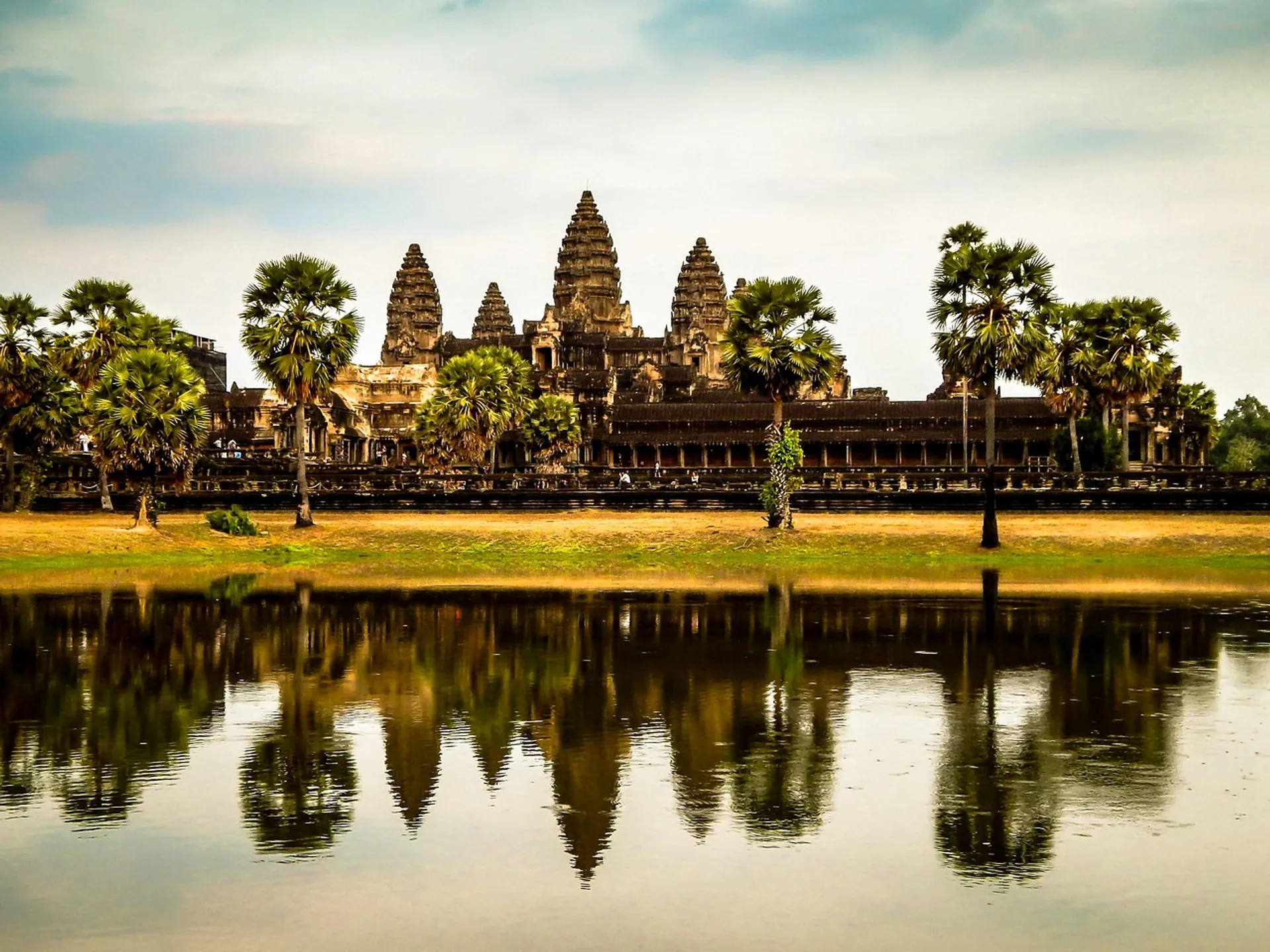
Cambodia Visa Requirements: A Comprehensive 2025 Guide
Cambodia, famed for its majestic temples of Angkor Wat and rich cultural heritage, is a captivating destination for travellers worldwide. However, depending on your nationality, you may need to secure a visa to explore this fascinating country. This blog outlines the list of countries requiring a visa to enter Cambodia and offers practical tips to ensure a seamless travel experience.
Why Do You Need a Visa for Cambodia?
Cambodia’s visa policy ensures the regulation and monitoring of international visitors. A visa is an essential document to ensure legal entry, allowing tourists to discover the historical treasures, bustling markets, and serene landscapes that Cambodia has to offer.
List of Countries Requiring a Visa to Visit Cambodia
Here’s the alphabetical list of countries whose citizens must apply for a visa before visiting Cambodia:
A Afghanistan, Albania, Algeria, Andorra, Angola, Antigua and Barbuda, Argentina, Armenia, Australia, Austria, Azerbaijan.
B Bahamas, Bahrain, Bangladesh, Barbados, Belarus, Belgium, Belize, Benin, Bhutan, Bolivia, Bosnia and Herzegovina, Botswana, Brazil, Bulgaria, Burkina Faso, Burundi.
C Cameroon, Cape Verde Islands, Central African Republic, Chad, China, Colombia, Comoro Islands, Congo (Democratic Republic), Congo (Republic), Costa Rica, Côte d'Ivoire, Croatia, Cuba, Cyprus, Czechia (Czech Republic).
D Djibouti, Dominica, Dominican Republic.
E Ecuador, Egypt, El Salvador, Equatorial Guinea, Eritrea, Estonia, eSwatini, Ethiopia.
F Fiji, Finland, France.
G Gabon, Georgia, Germany, Ghana, Greece, Grenada, Guatemala, Guinea, Guinea-Bissau, Guyana.
H Haiti, Honduras, Hungary.
I India, Iran, Iraq, Ireland, Israel, Italy.
J Jamaica, Japan, Jordan.
K Kazakhstan, Kenya, Kiribati, Kosovo, Kuwait, Kyrgyzstan.
L Latvia, Lebanon, Lesotho, Liberia, Libya, Liechtenstein, Lithuania, Luxembourg.
M Macao (SAR China), Madagascar, Malawi, Maldives, Mali, Malta, Marshall Islands, Mauritania, Mauritius, Mexico, Micronesia, Moldova, Monaco, Mongolia, Montenegro, Morocco, Mozambique.
N Namibia, Nauru, Nepal, Netherlands, New Zealand, Nicaragua, Niger, Nigeria, North Korea, North Macedonia, Norway.
O Oman.
P Pakistan, Palau Islands, Palestinian Territory, Panama, Papua New Guinea, Paraguay, Peru, Poland, Portugal.
Q Qatar.
R Romania, Russian Federation, Rwanda.
S Samoa, San Marino, Sao Tome and Principe, Saudi Arabia, Senegal, Serbia, Seychelles, Sierra Leone, Slovakia, Slovenia, Solomon Islands, Somalia, South Africa, South Korea, South Sudan, Spain, Sri Lanka, St. Kitts and Nevis, St. Lucia, St. Vincent and the Grenadines, Sudan, Suriname, Sweden, Switzerland, Syria.
T Taiwan (Chinese Taipei), Tajikistan, Tanzania, The Gambia, Timor-Leste, Togo, Tonga, Trinidad and Tobago, Tunisia, Türkiye, Turkmenistan, Tuvalu.
U Uganda, Ukraine, United Arab Emirates, United Kingdom, United States, Uruguay, Uzbekistan.
V Vanuatu, Vatican City, Venezuela.
Y Yemen.
Z Zambia, Zimbabwe.
Tips for a Smooth Visa Application Process
- Start Early: Initiate your visa application process well ahead of your travel dates to avoid delays.
- Select the Appropriate Visa Type: Ensure you choose the right visa based on your purpose of visit (e.g., tourism, business, or other purposes).
- Prepare Required Documents: Keep your passport, application forms, photographs, and other supporting documents ready for submission.
- Check the Cambodian Authorities: Reach out to the nearest Cambodian embassy or consulate for the latest visa requirements and information.
Why Visit Cambodia?
Cambodia is a treasure trove of history, culture, and natural beauty. From the iconic Angkor Wat to bustling cities like Phnom Penh, Cambodia offers experiences that are both unique and unforgettable. Its welcoming people, vibrant traditions, and stunning landscapes make it a top destination for travellers in 2025.
Final Thoughts
If your country is listed above, securing a visa is a necessary step to unlock the beauty and wonder of Cambodia. With proper preparation, the process can be smooth, paving the way for a memorable adventure.
Frequently Asked Questions
At the heart of our commitment to providing exceptional immigration solutions stands our trusted




